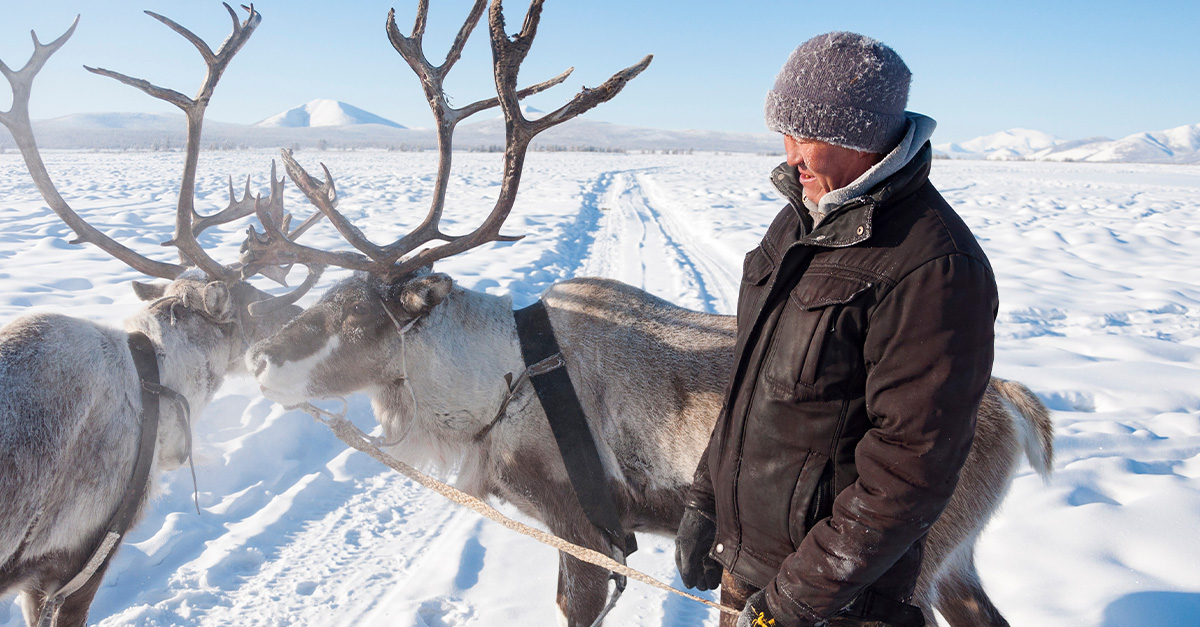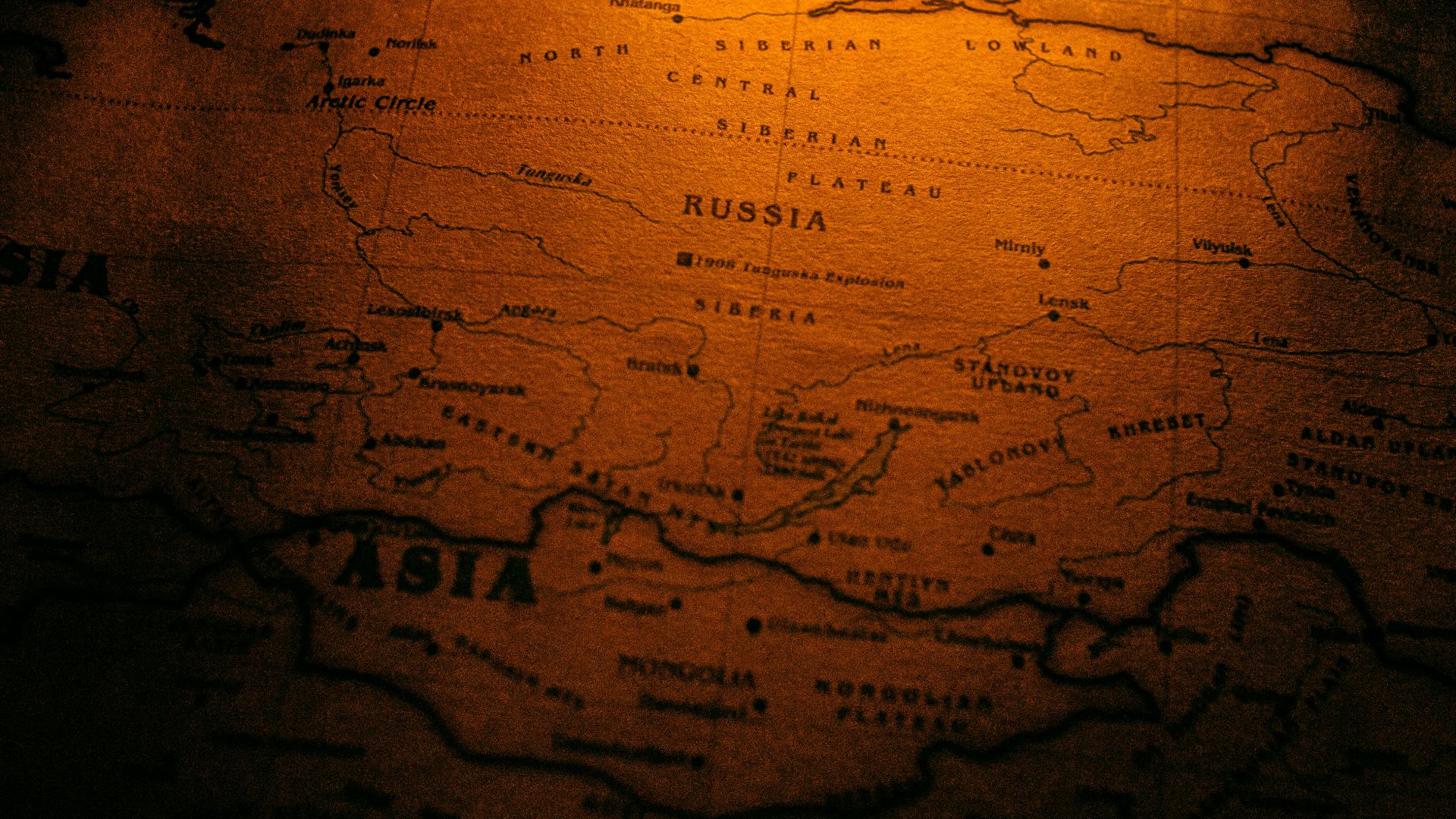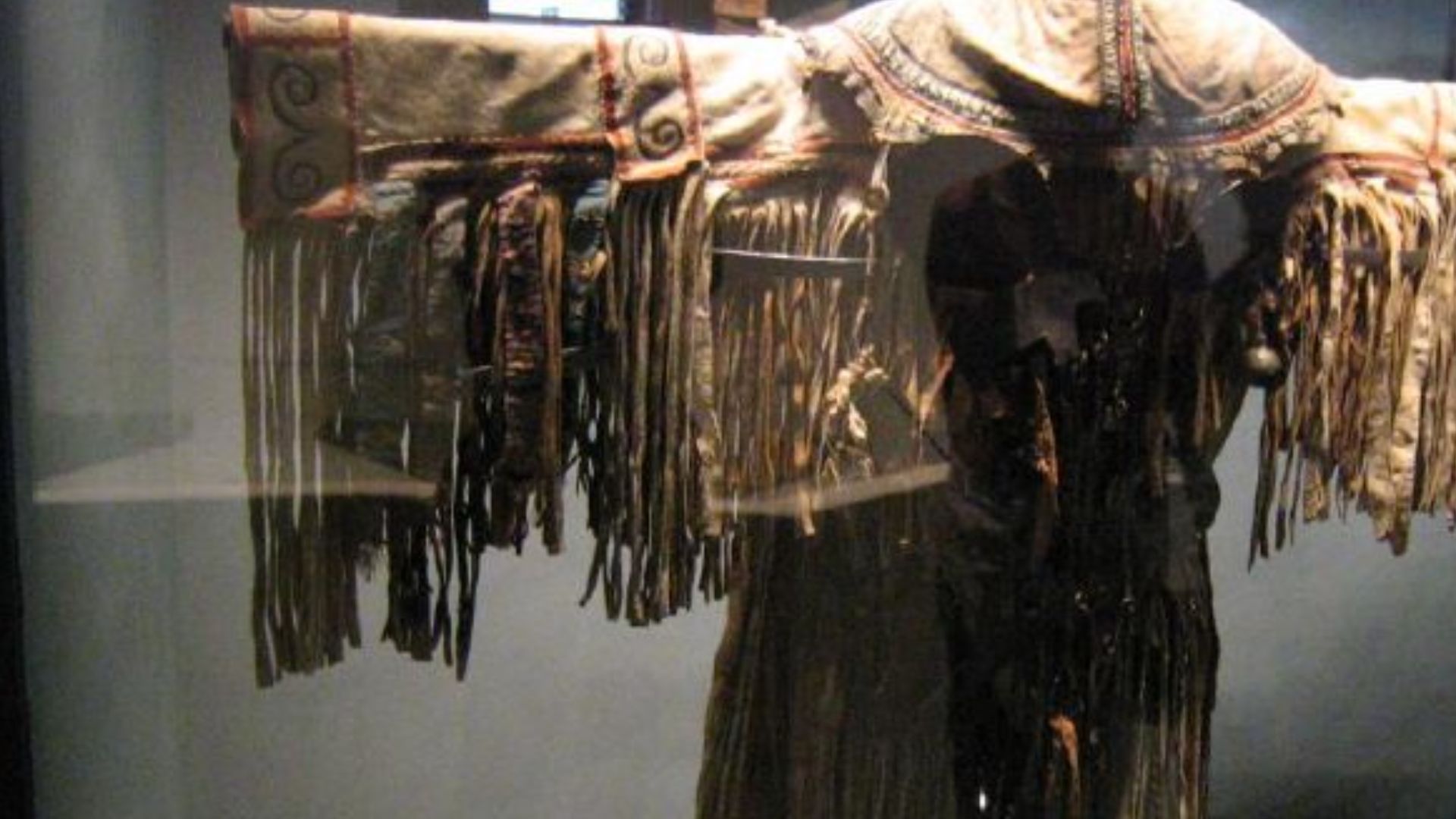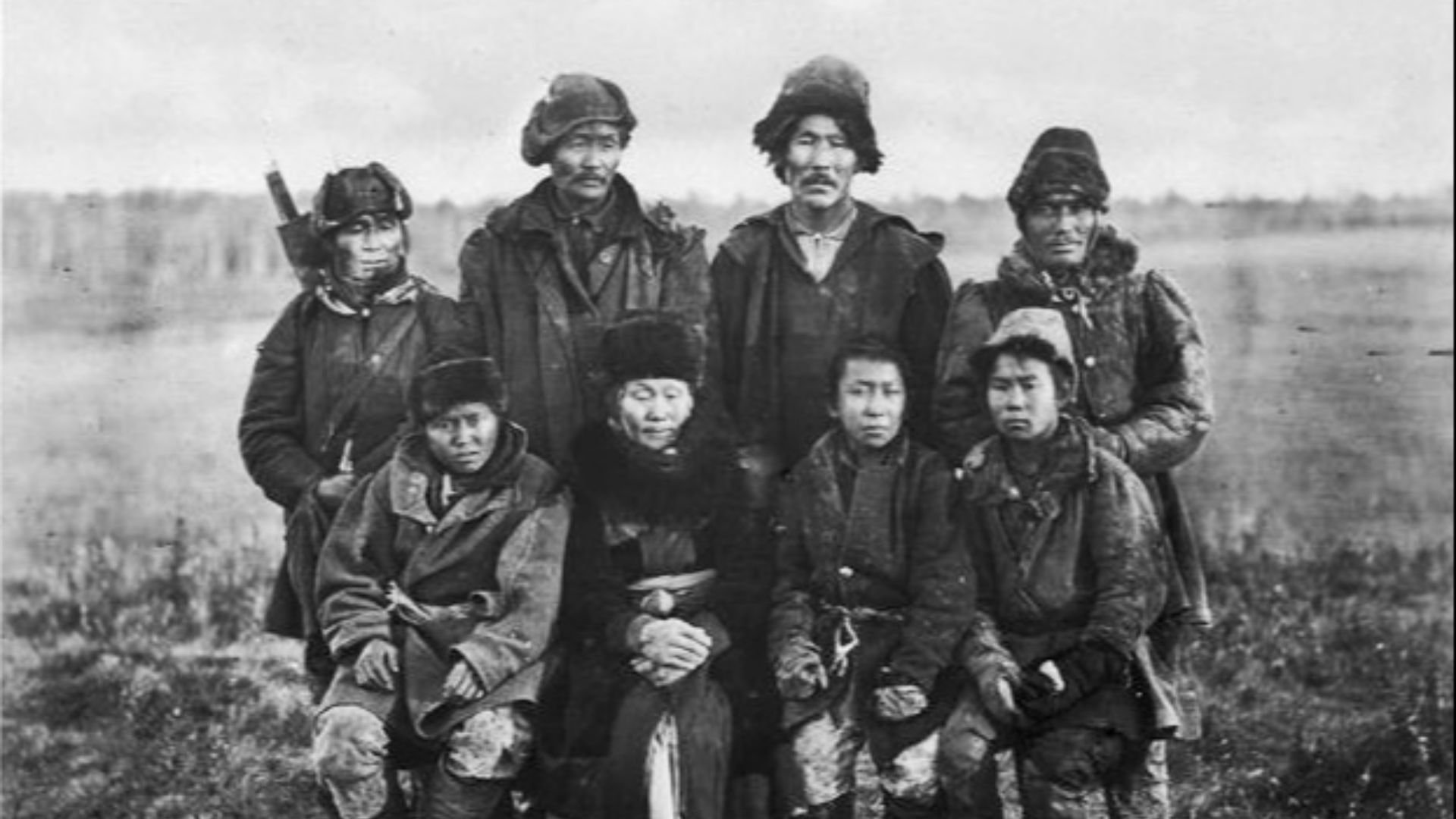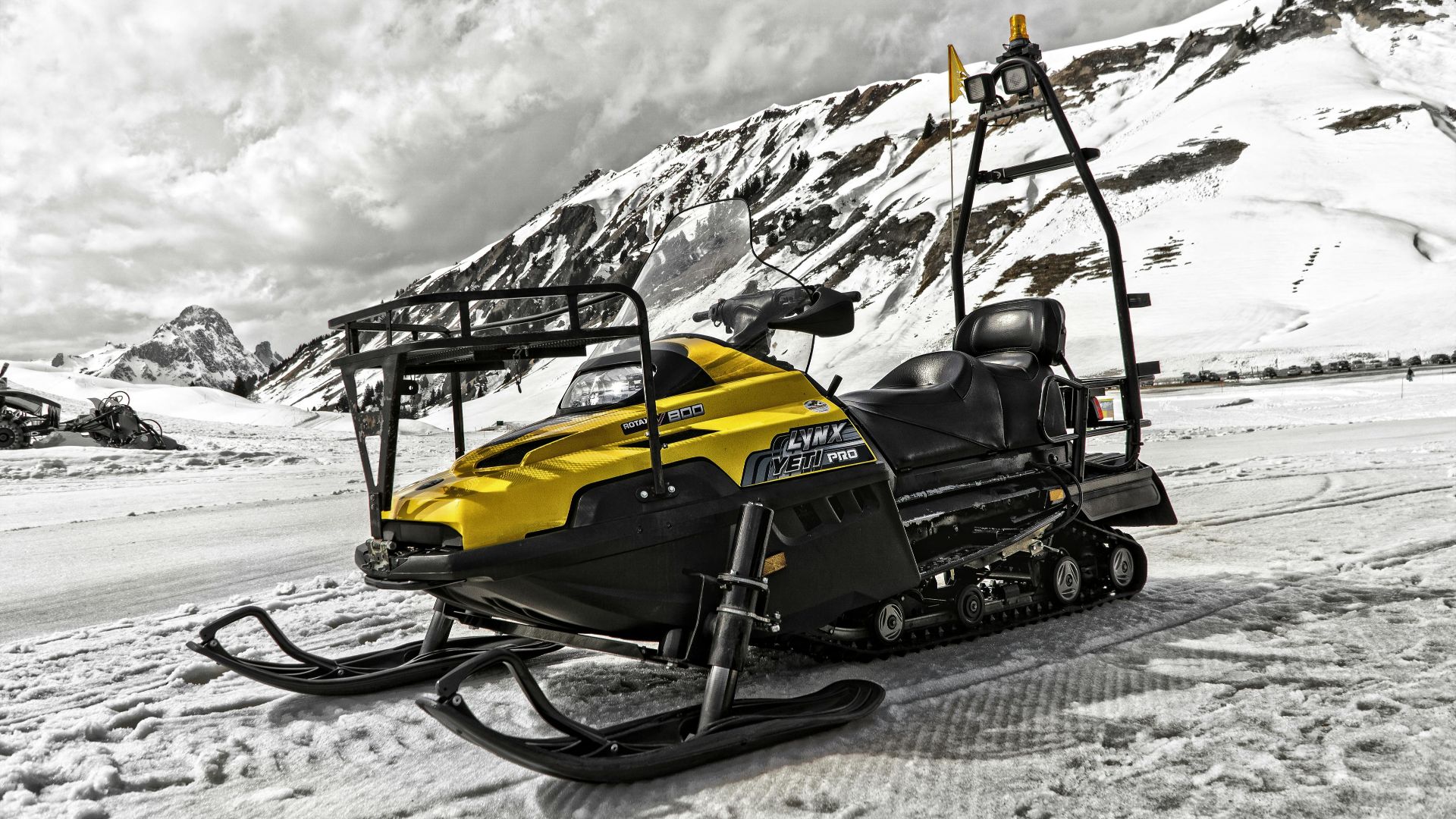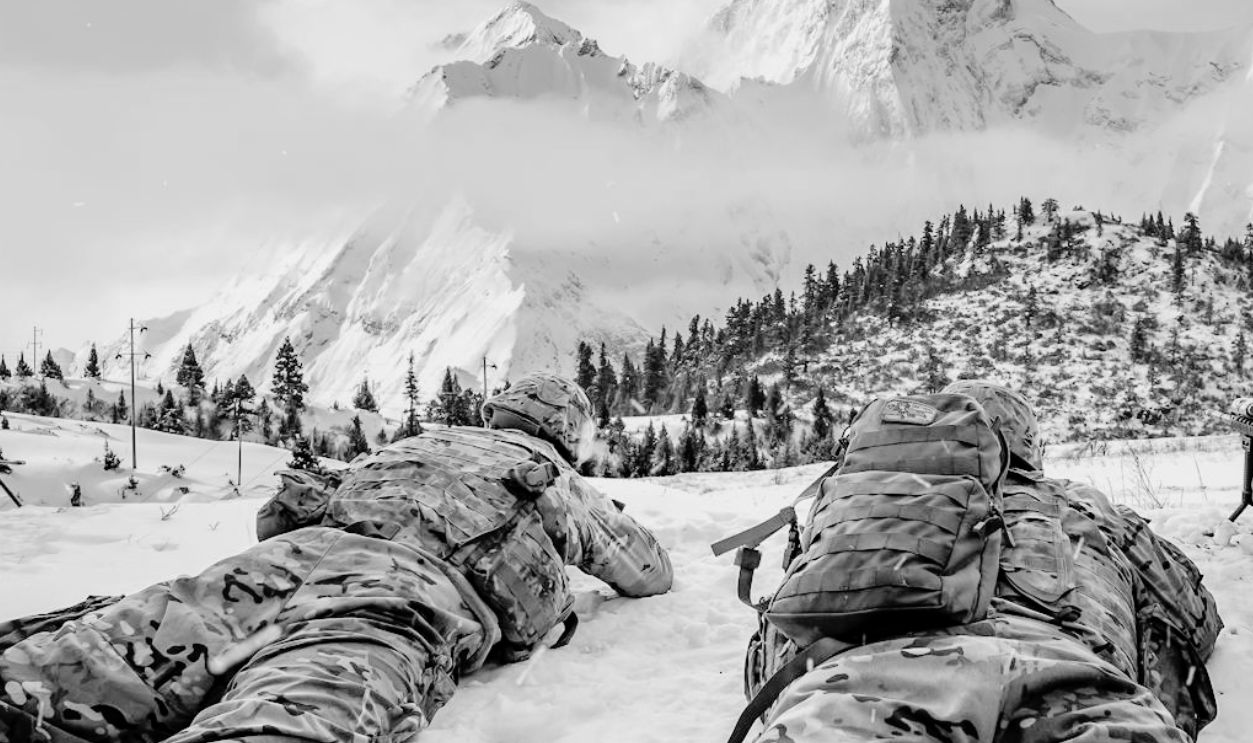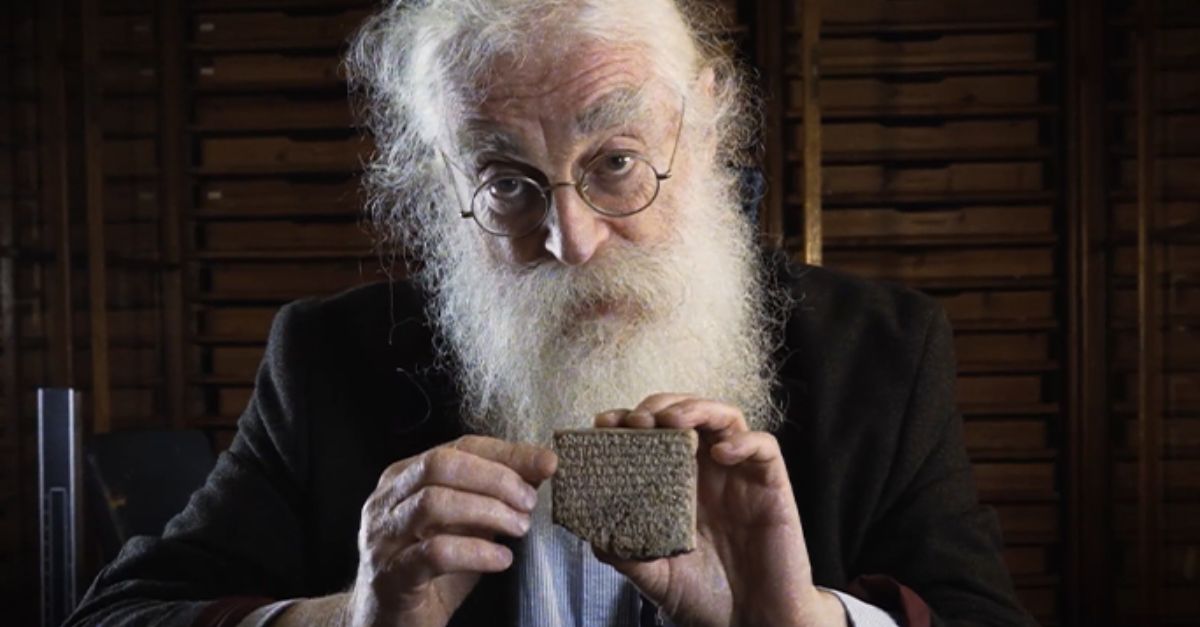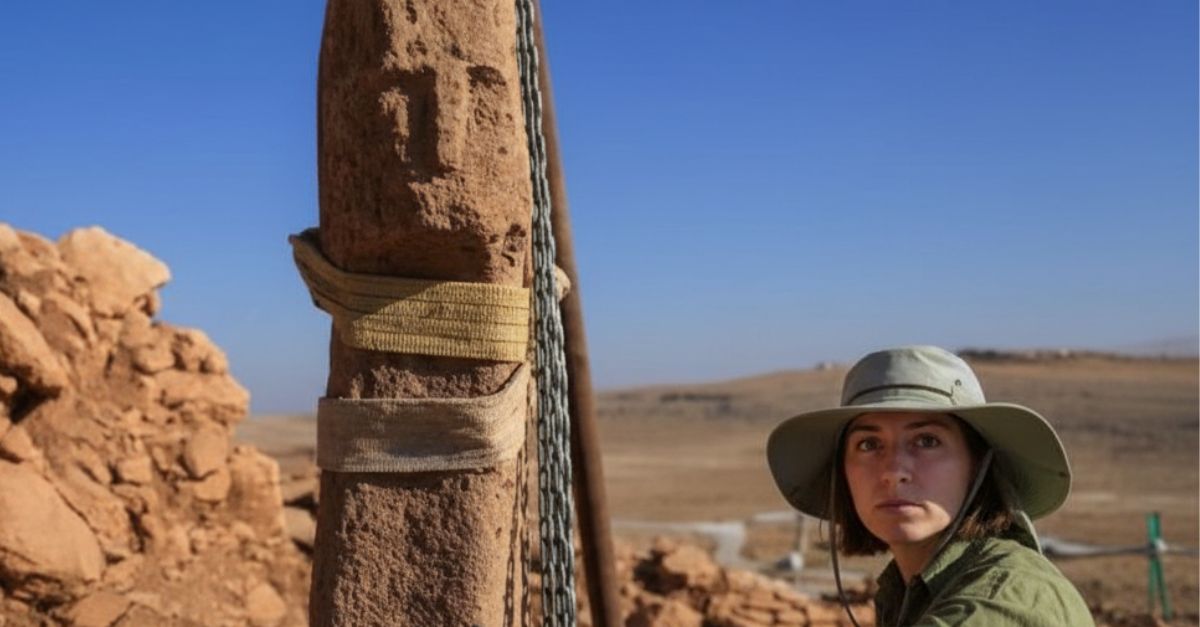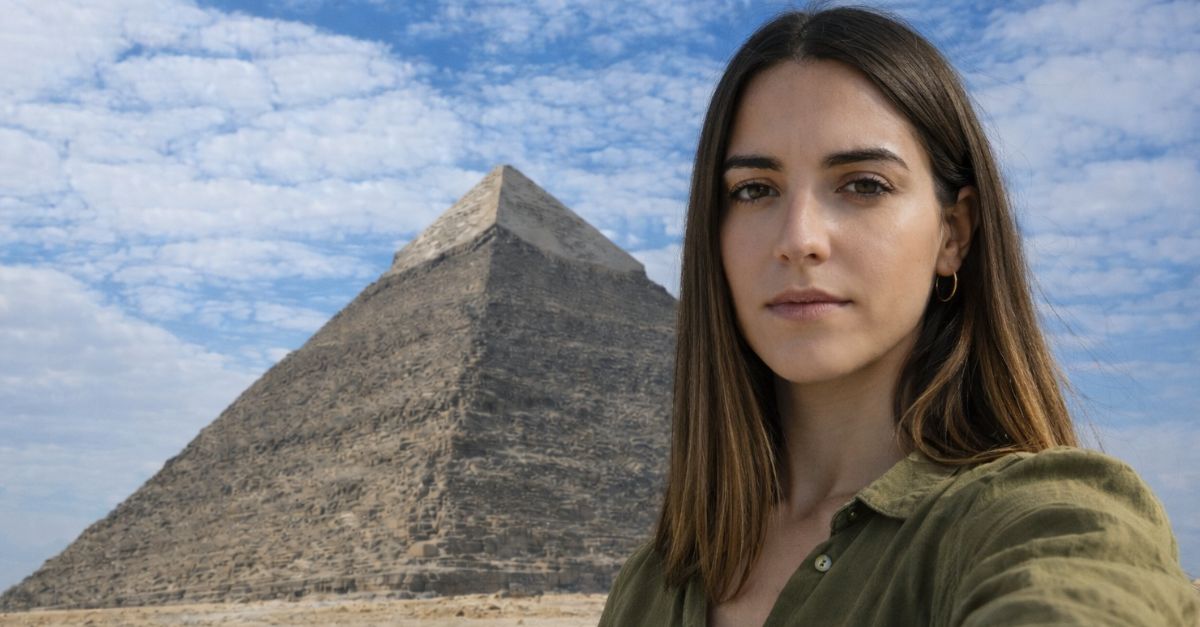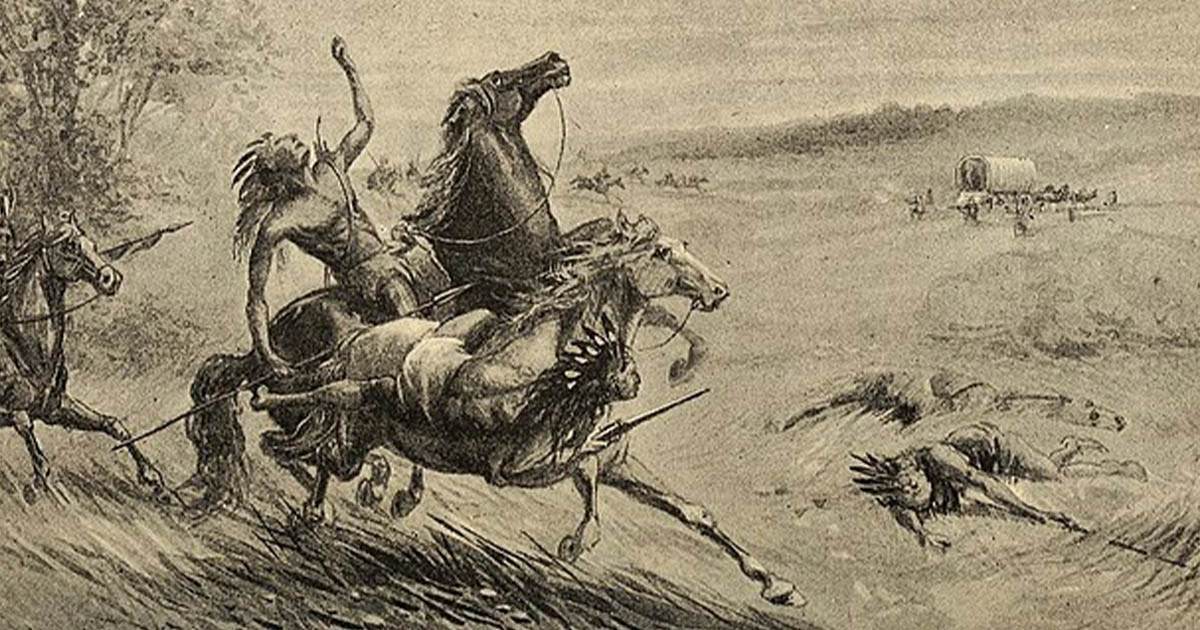The Evenki Are The Russian North's Greatest Survivors
The Evenki people and their ancestors have inhabited the Great Russian North since the 5th century, occupying the vast swathes of arctic tundra between Lake Baikal and the Amur River in Siberia. Learn how the Evenki came to dominate this remote region of Siberia, becoming guardians of the land, practicing their religion, and herding reindeer—all while staving off the repressive yoke of the Soviet Union and the inhospitable nature of the frozen Arctic tundra.
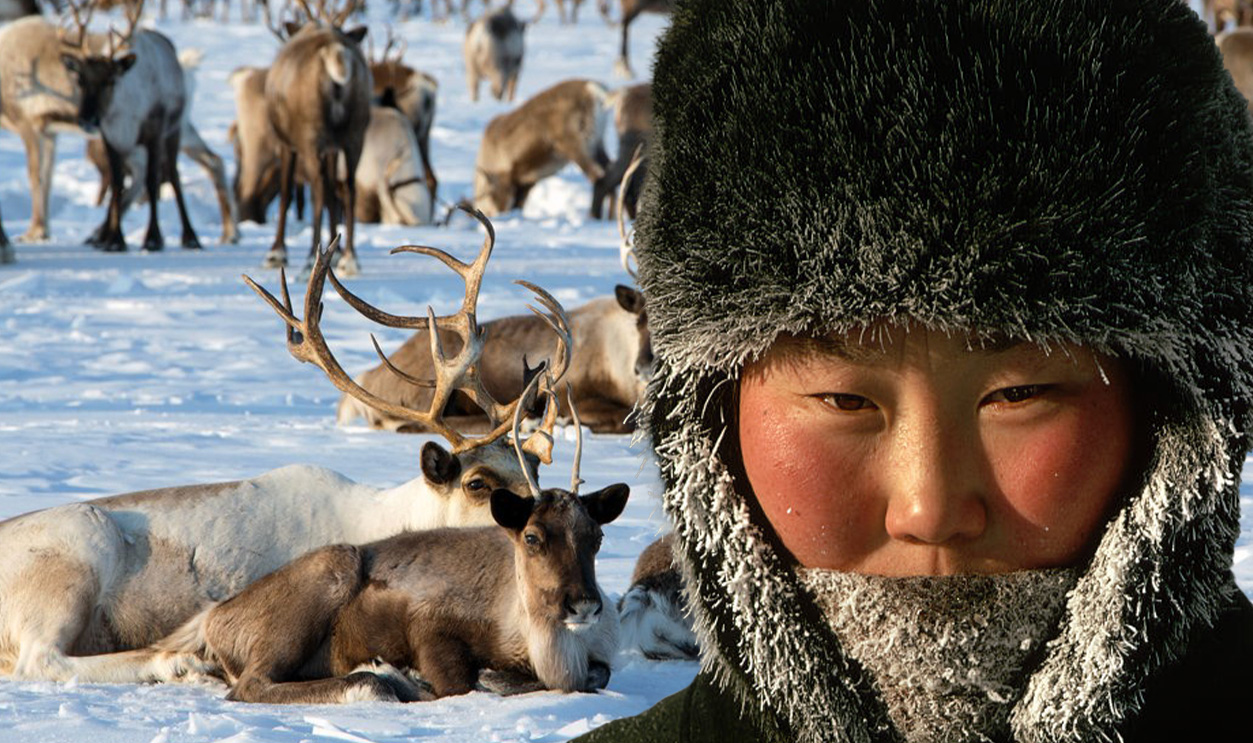
The Ancestors Of The Evenki
Before we understand how the Evenki came to live in one of the harshest climates in the world, let's explore how they got to the Arctic tundra, where the average temperature is a staggering -36℃. Archaeologists and historians have traced the ancestral history of the Evenki back to the earliest Neolithic people, who occupied the area around Lake Baikal.
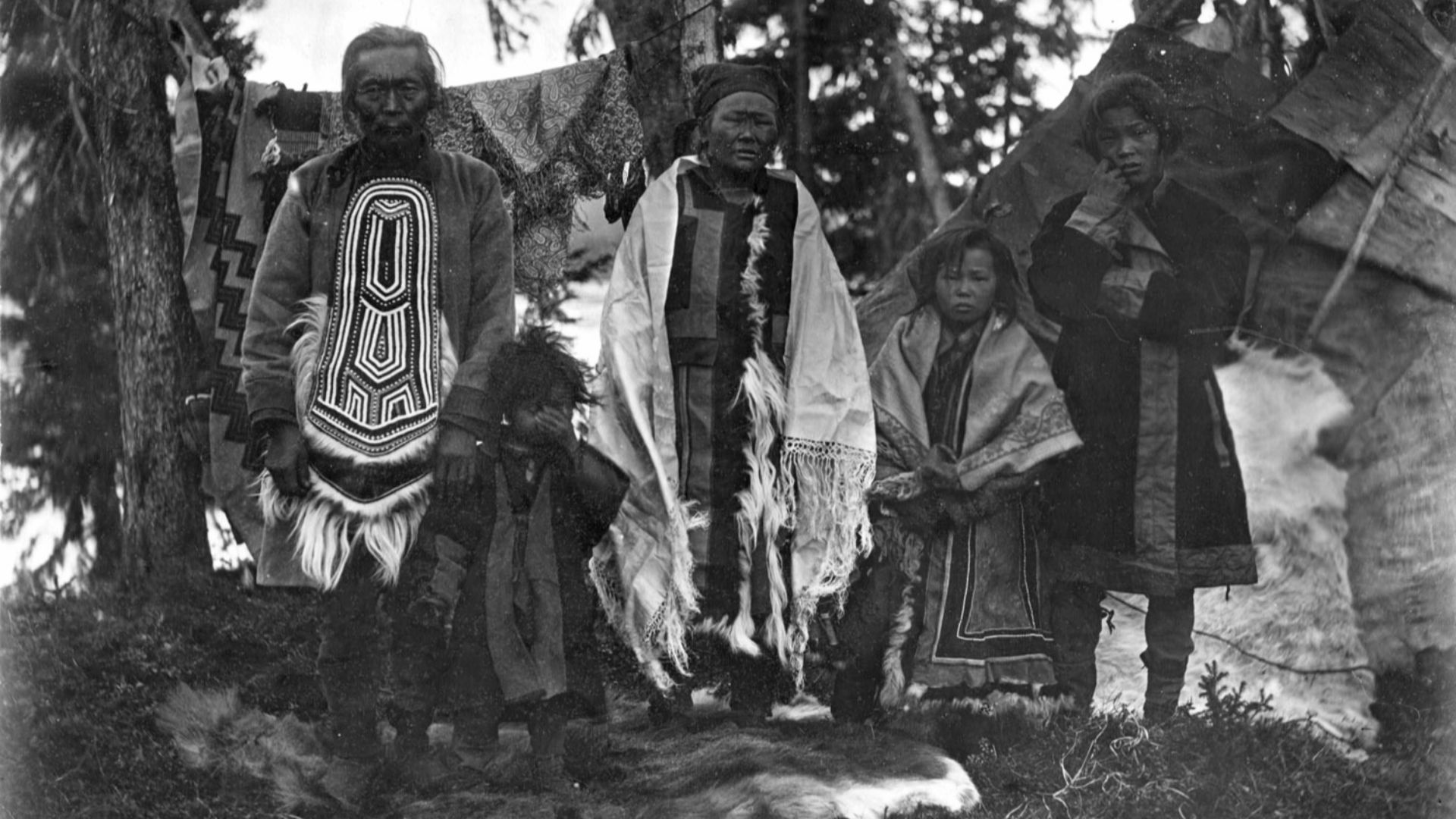 А. А. Макаренко, Wikimedia Commons
А. А. Макаренко, Wikimedia Commons
A Nomadic Lifestyle Pre-Contact
All evidence suggests that, like most Indigenous tribes worldwide, the Evenki practiced a nomadic lifestyle. Their primary food sources were hunting and fishing, which included a variety of wild animals native to the area around the Sea of Okhotsk, near Russia's Kamchatka Peninsula. They also raised reindeer and horses.
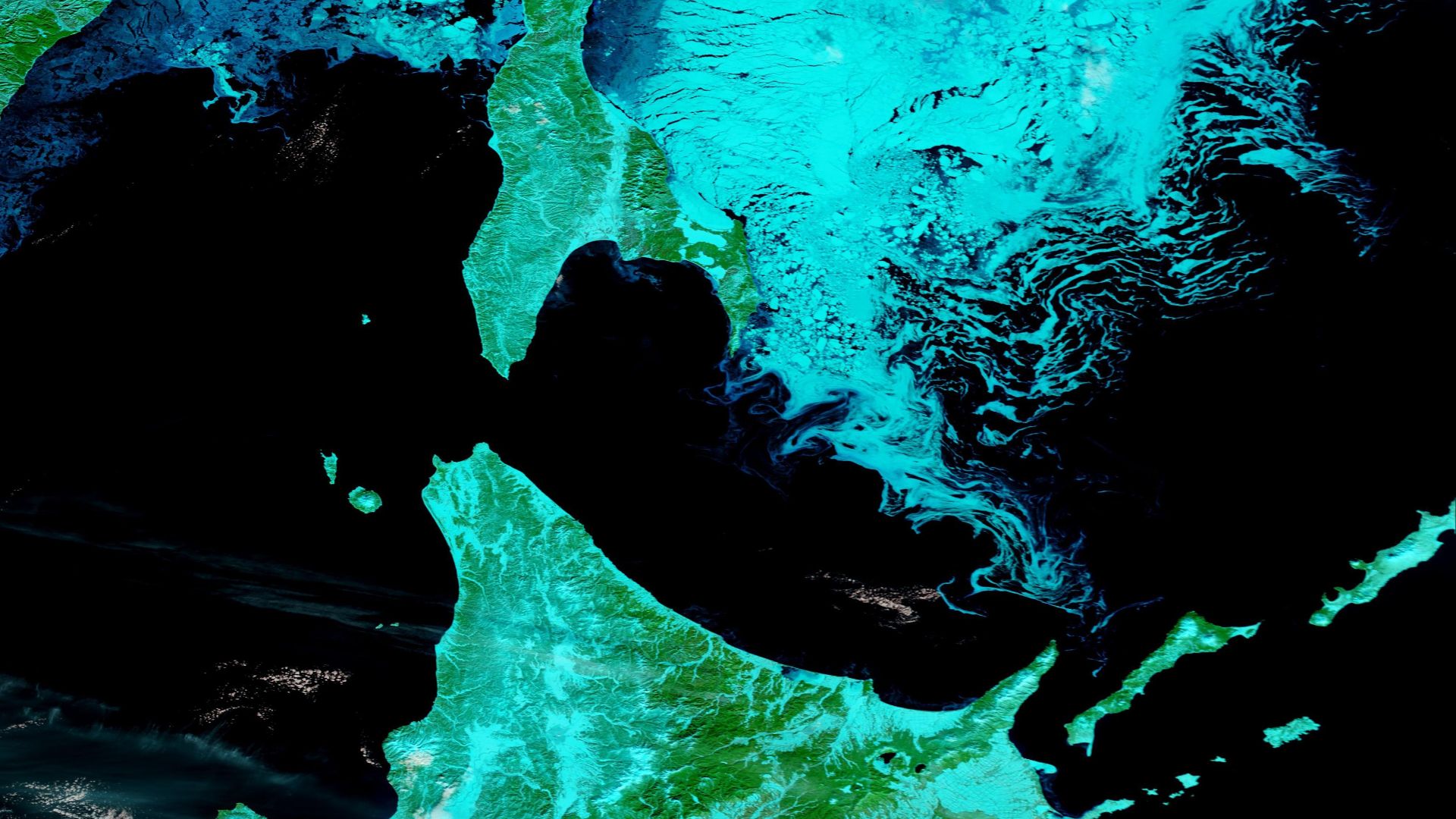 MODIS Land Rapid Response Team, NASA GSFC, Wikimedia Commons
MODIS Land Rapid Response Team, NASA GSFC, Wikimedia Commons
What Sort Of Food Did The Ancestral Evenki Eat?
Pre-contact with the Russian people in the 17th century, the Evenki's ancestors ate fish, shellfish, and crab, likely caught using fishing spears or fishing nets. Alongside raising reindeer and horses, they also hunted them, along with deer and mountain goats. Smaller animals found in streams and rivers were also eaten, such as otters and sable. Squirrels were hunted for their fur.
The Evenki Territory Stretches Millions Of Miles
Evenki territory stretches 1.8 million miles, crossing over sprawling taiga terrain populated by half a dozen different types of trees, meadowland in the valleys, and bare rock on the mountaintops. Plentiful rivers hold salmon, perch, and pike. The Evenki Autonomous District, known as "Evenkia", lies in Siberia's north-central Krai region.
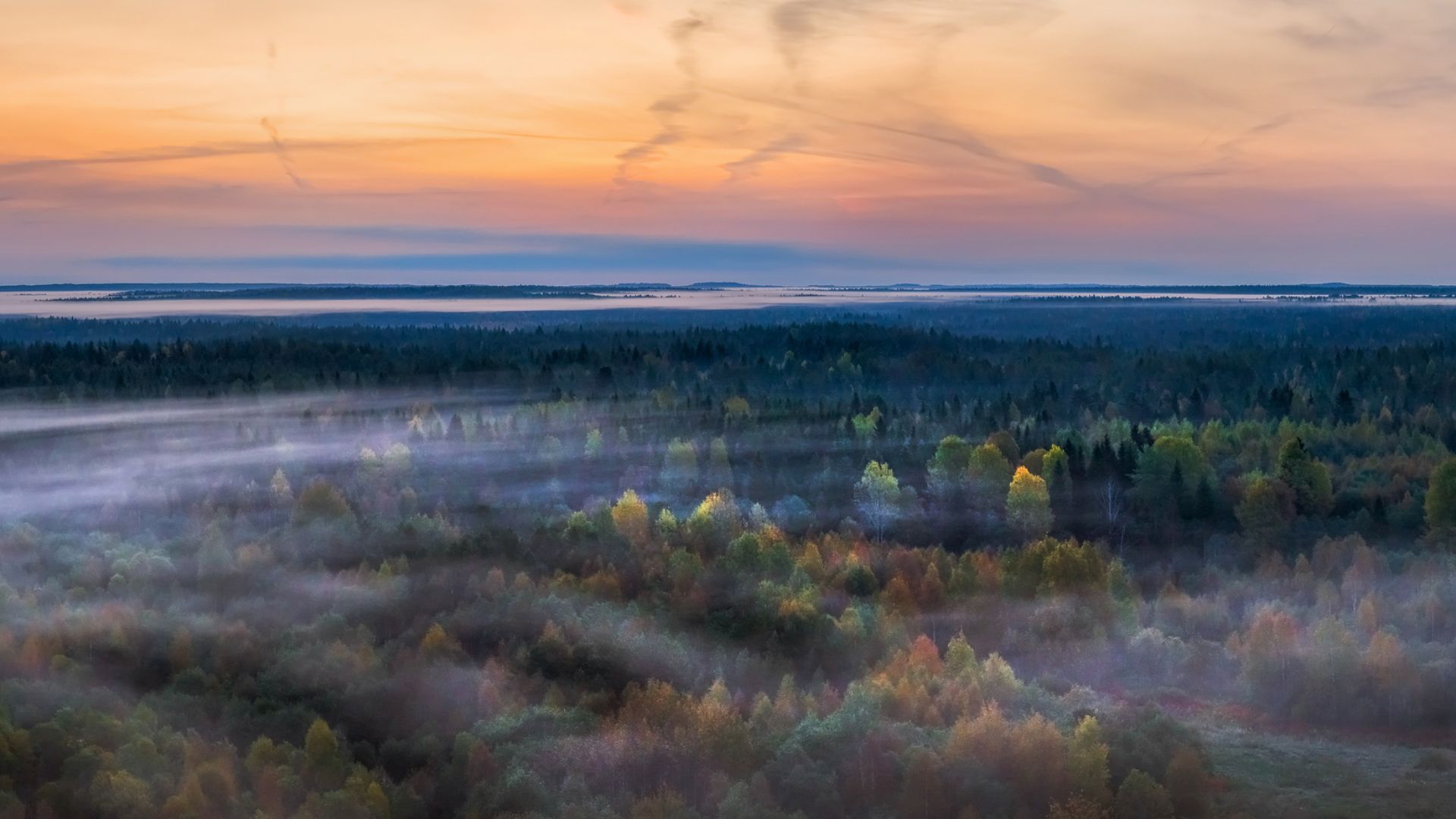 Lashkov Fyodor, Wikimedia Commons
Lashkov Fyodor, Wikimedia Commons
An Intermixing Of Tribes
The predominant theory is that the Evenki people came from all over the region: Mongolia, Russia, China, and Turkey. Although the tribes were different, they were joined by the Tungusic language and likely eventually splintered off in different directions, creating the different ancestral communities of the Evenki that exist today.
Northern And Southern Evenki Live Differently
Although the climate differences between northern and southern Siberia aren't huge, they did offer the Evenki two different lifestyle options and the ability to raise different animals. The northern Evenki raise reindeer and horse, while the southeastern Evenki, living along the shores of Okhotsk Sea, hunt seals and fish—they're known as the "sitting Evenki".
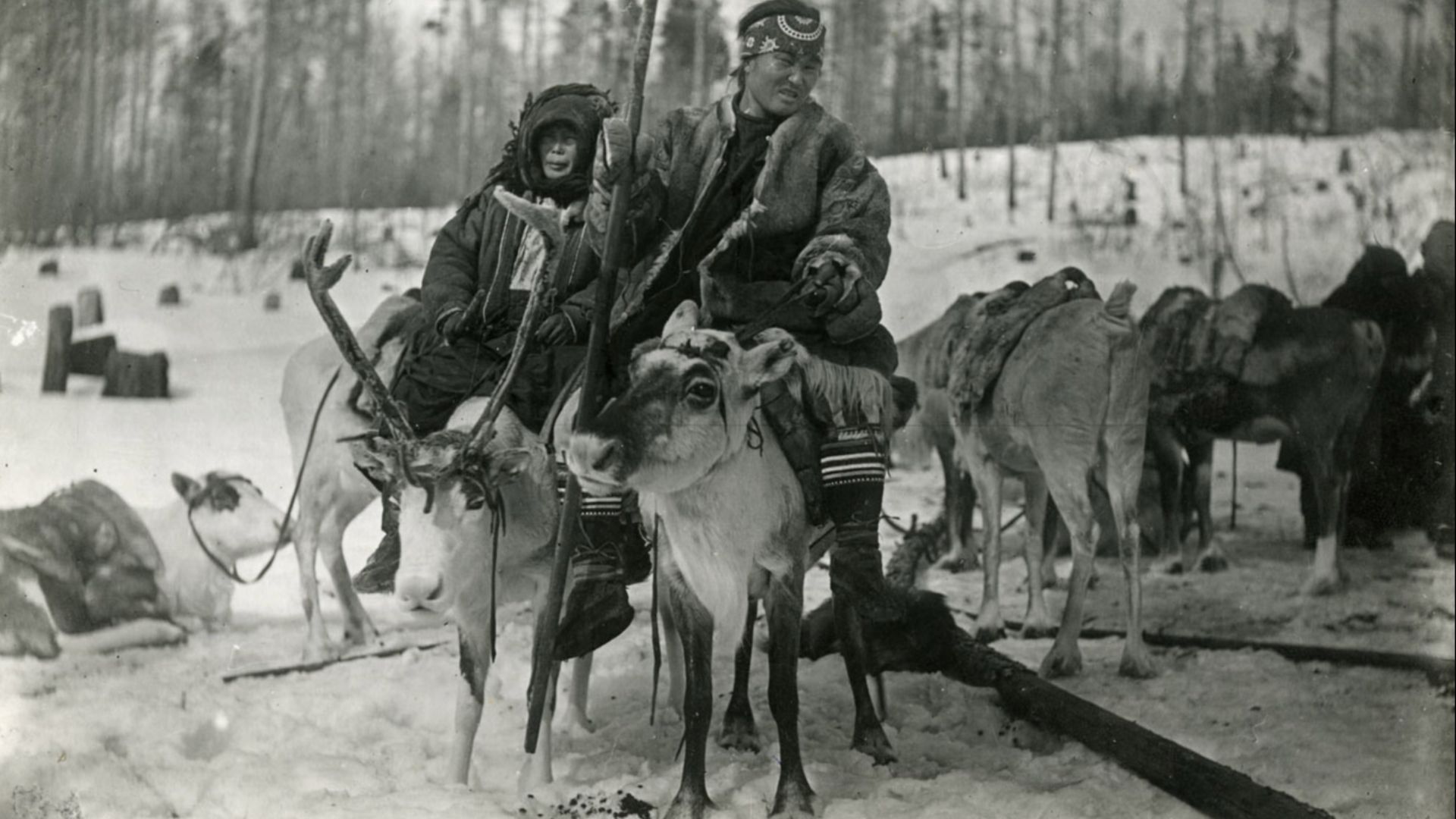 А. А. Макаренко, Wikimedia Commons
А. А. Макаренко, Wikimedia Commons
The Climate Of The North Is Harsh And Wild
For the Evenki who raise reindeer in the northern reaches of Siberia, life can be brutal. With an average temperature in January of -36℃, but sometimes falling as low as -80℃. The Evenki rely on dense fur to keep them warm, using reindeer as their primary fur source.
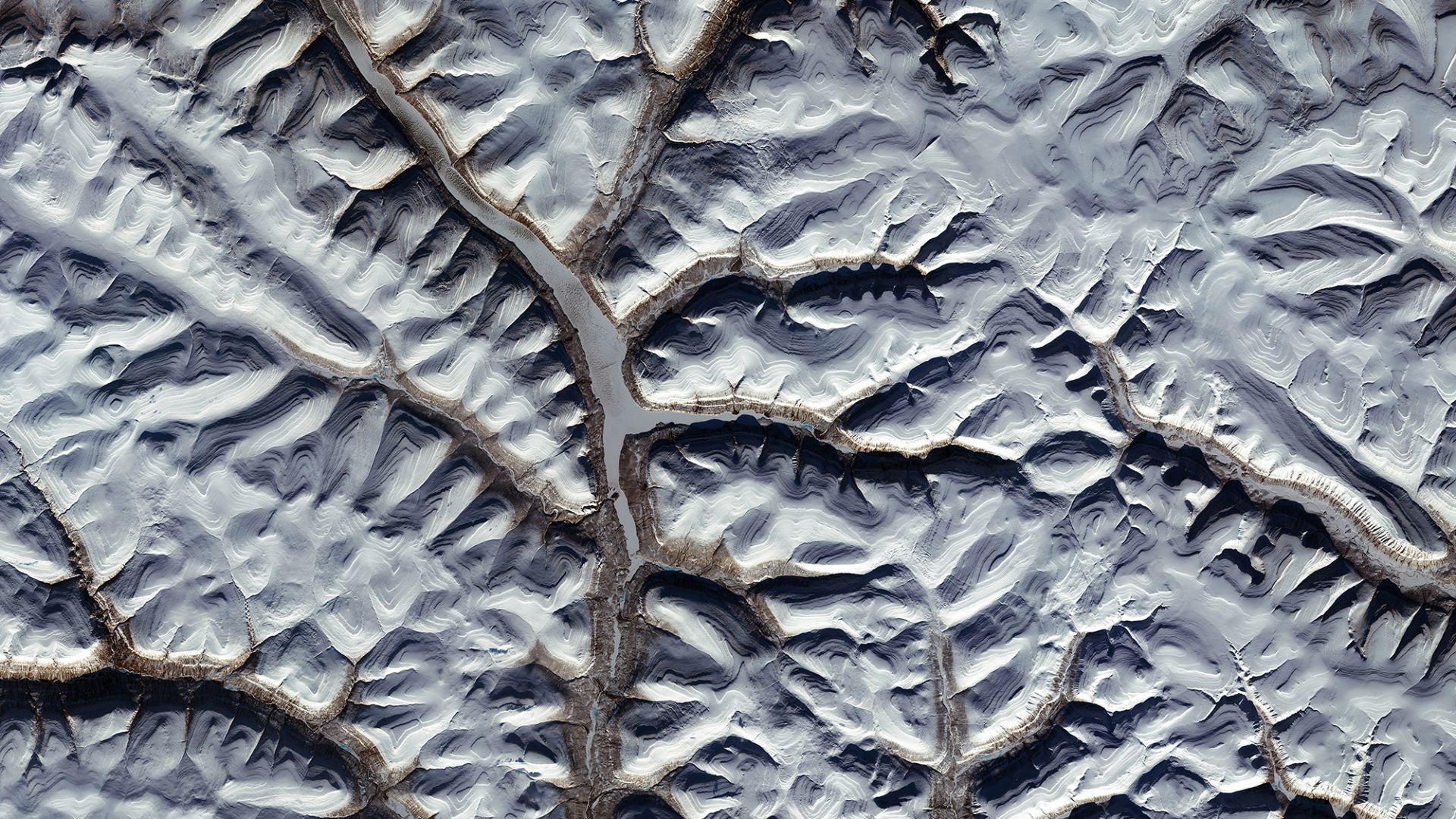 European Space Agency, Wikimedia Commons
European Space Agency, Wikimedia Commons
Areas With Significant Evenki Population
Despite mainly occupying this region of Eastern Siberia, other pockets of large Evenki populations exist in China and Mongolia. The Russian population of Evenki is purported to be about 40,000, Chinese-Evenki make up about 30,000, and Mongolia has the smallest known Evenki population of just 537.
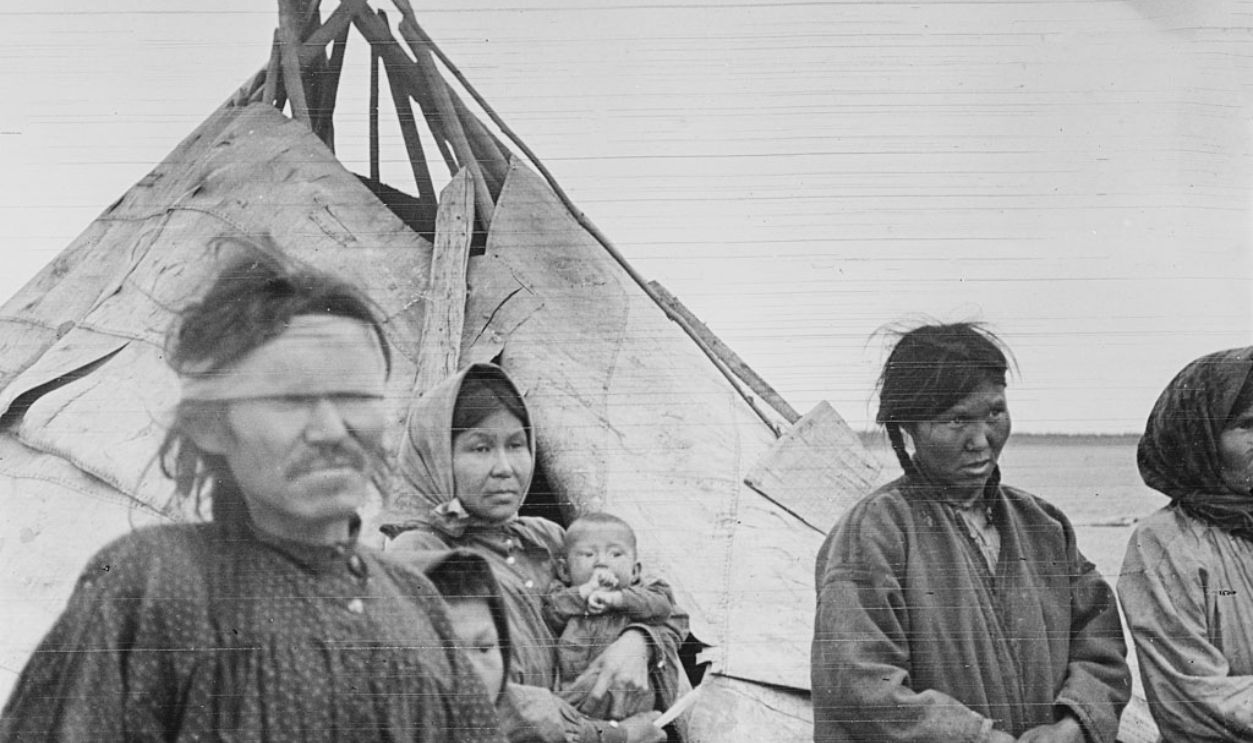 National Library of Norway, Wikimedia Commons
National Library of Norway, Wikimedia Commons
What Languages Do The Evenki People Speak?
The Evenki are a multilingual people, but their native language, Evenki, belongs to a family of Tungusic languages. They didn't have a written language until 1931, when they adopted the Latin alphabet. Then in 1937, they adopted the Cyrillic alphabet from Russia.
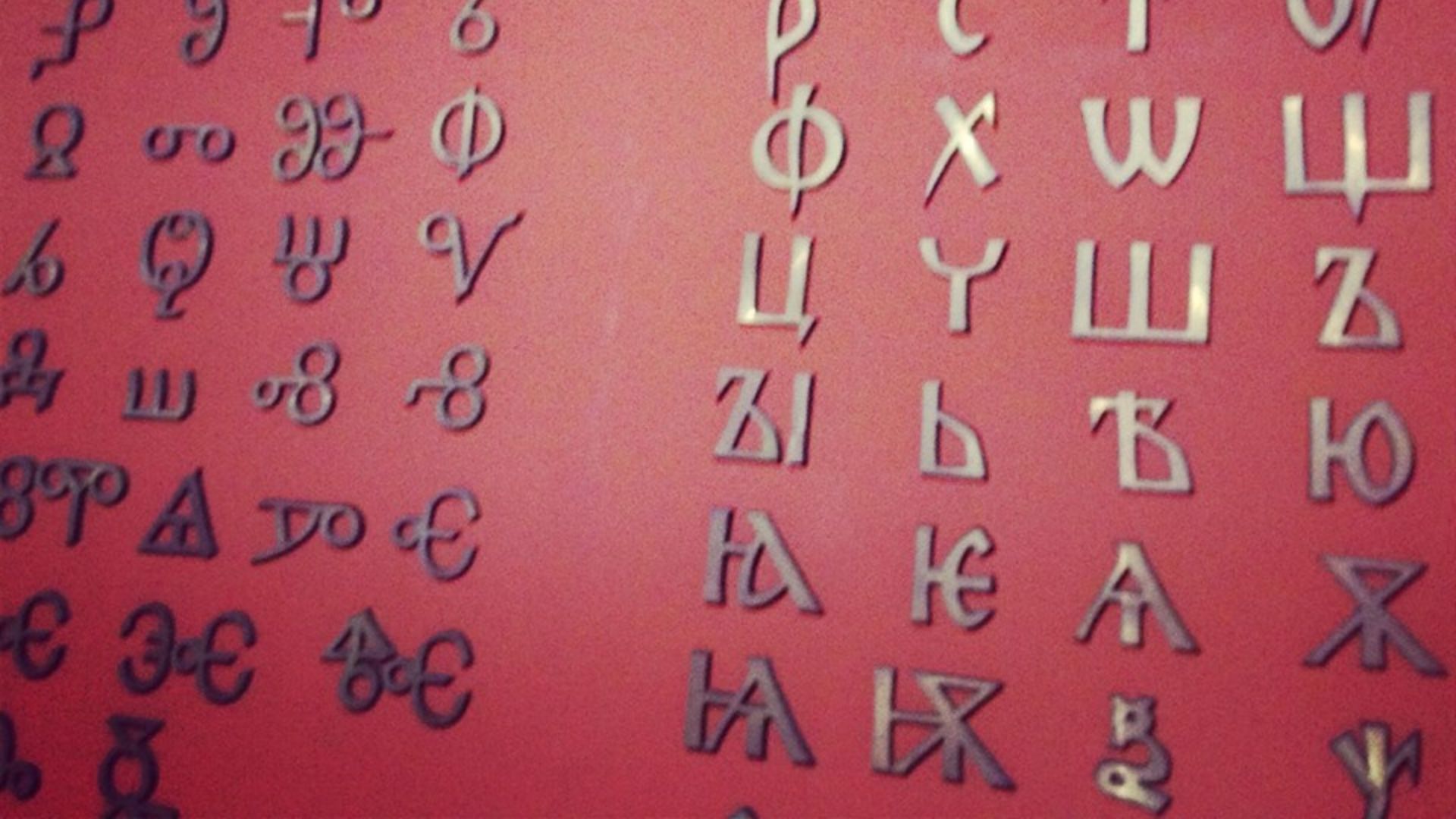 Zeptosecond, Wikimedia Commons
Zeptosecond, Wikimedia Commons
Names Based On Where Kids Were Born, Or Their Behavior
Many Indigenous cultures name their children after the place where they were born. The Evenki also do this. For example, if a child was born near a lake, the child might be named "(Lake name) cha" to signify the birth of a male. Some names have been adapted from Russian. For instance, "Kostoku" is the Evenki equivalent of "Konstantin" in Russian.
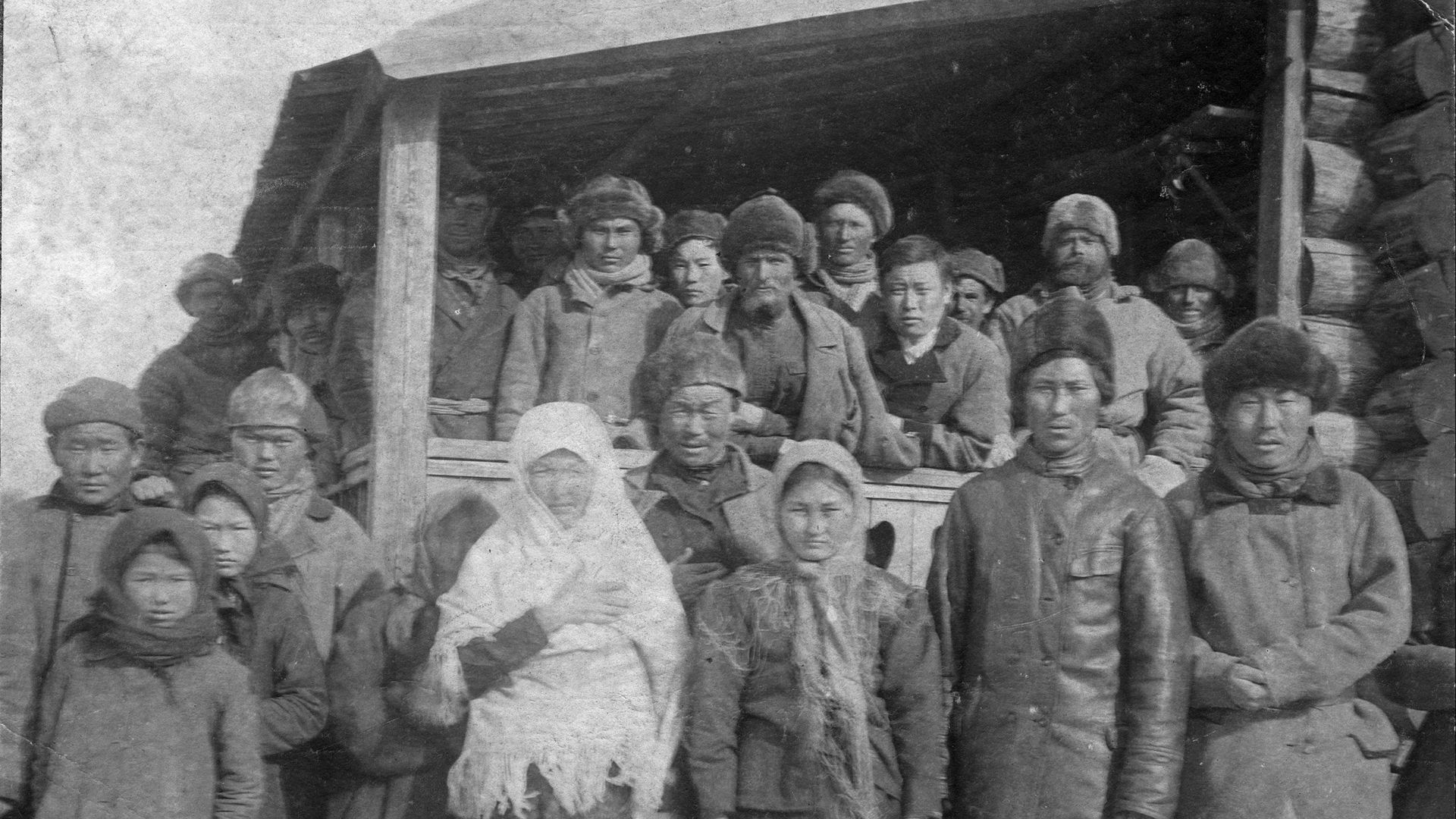 Unknown authorUnknown author, Wikimedia Commons
Unknown authorUnknown author, Wikimedia Commons
The Evenki And Shamanism
Evenki religiosity largely revolves around shamanism, despite many converting to Eastern Orthodox Christianity during the 19th century, thanks to the involvement of the Russian state. But many Evenki have kept their spiritual roots. Let's explore their religious beliefs a little further.
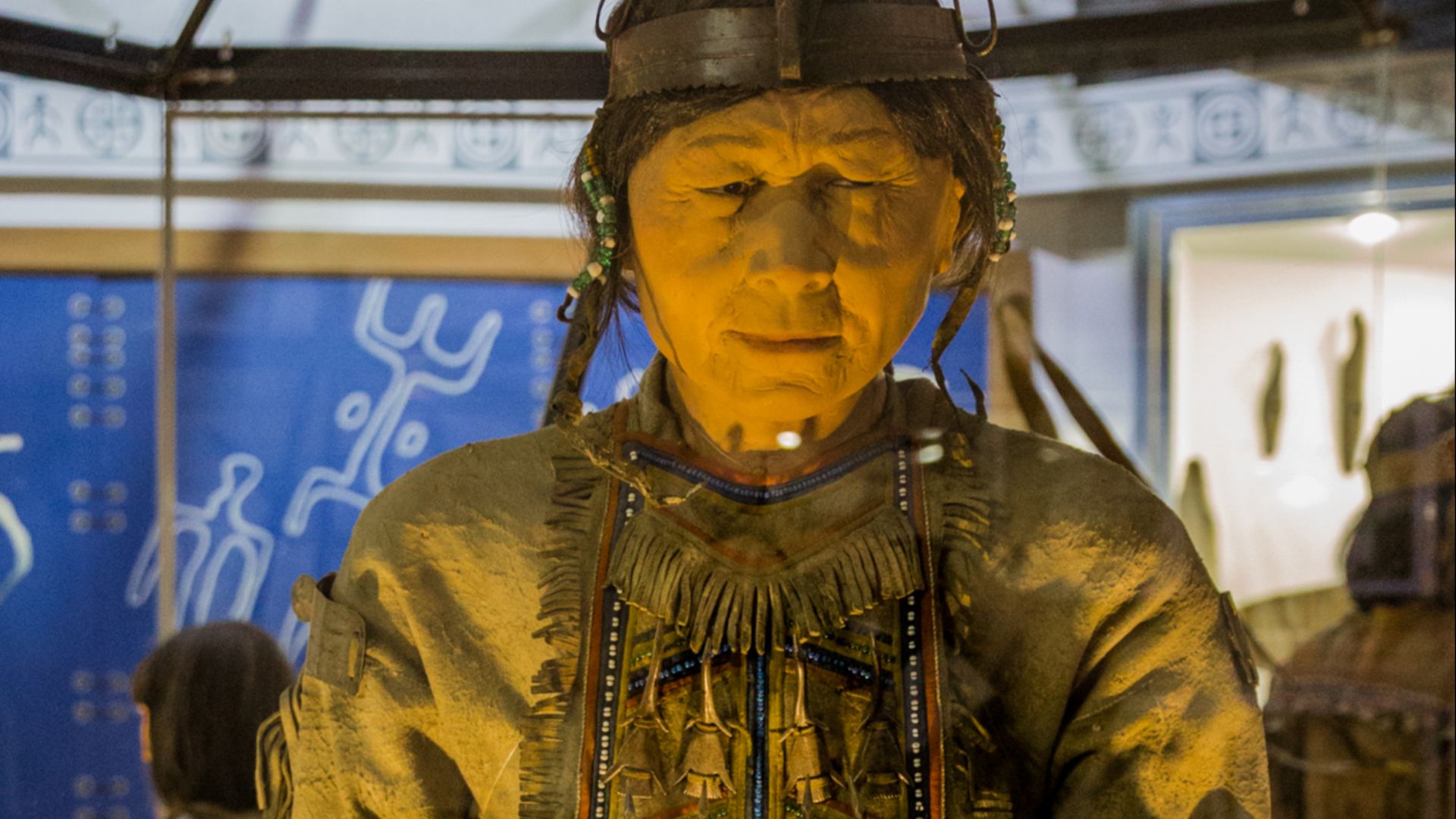 Ninara from Helsinki, Finland, Wikimedia Commons
Ninara from Helsinki, Finland, Wikimedia Commons
Evenki Shamanism: The Three Worlds
The Evenki believe in three worlds: the upper world, inhabited by spirits of nature and other deities; a middle world that's inhabited by humans and animals; and a lower world that's inhabited by the spirits of the dead. Shamans can bridge the gap between the three worlds, and rituals take the form of dancing, chanting, and beating on a large, flat drum known as an "ungtuvun".
The Shamans Dress Extravagantly
As you might expect, being a shaman in the Evenki religion is a fairly big deal. They're dressed accordingly in deer skin and fur cloaks adorned with jingle bells, bone fragments, and ribbons. Shamans are often called upon for the birth of children, to heal the sick, foretell the future, or to attend a funeral of a departed Evenki and help them on their way to the spirit world.
Evenki Housing
Known as "Dyu", the Evenki sometimes live in their traditional housing. These were cone-shaped tents supported by wooden poles covered with reindeer hides or birchbark recovered from the taiga. The hide and birchbark would have been steamed to increase their elasticity and longevity. In the 1930s, many Evenki who were overtaken by the Soviet Union lived in single-storey wooden housing, where they still reside today.
 InvictaHOG~commonswiki, Wikimedia Commons
InvictaHOG~commonswiki, Wikimedia Commons
Early Forming Of Relations With The Yakut People
The Evenki have used the taiga of Siberia from as early as 600 AD as a hunting ground, but often formed alliances with other Indigenous tribes in the region—tribes such as the Yakuts, otherwise known as the Sakha Peoples, who resided in the Yakutia region of Northern Siberia. The pair of tribes would often engage in small territorial conflicts.
Contact With The Russians
The Evenki mostly kept to themselves and largely avoided contact with others in Russia due to the remote nature of their settlements and nomadic lifestyle. Unfortunately, they couldn't escape colonialism forever. The Russian Empire was expanding in the 17th century and wanted to set up new military outposts in Siberia. It was to be the Evenki's first encounter with outsiders.
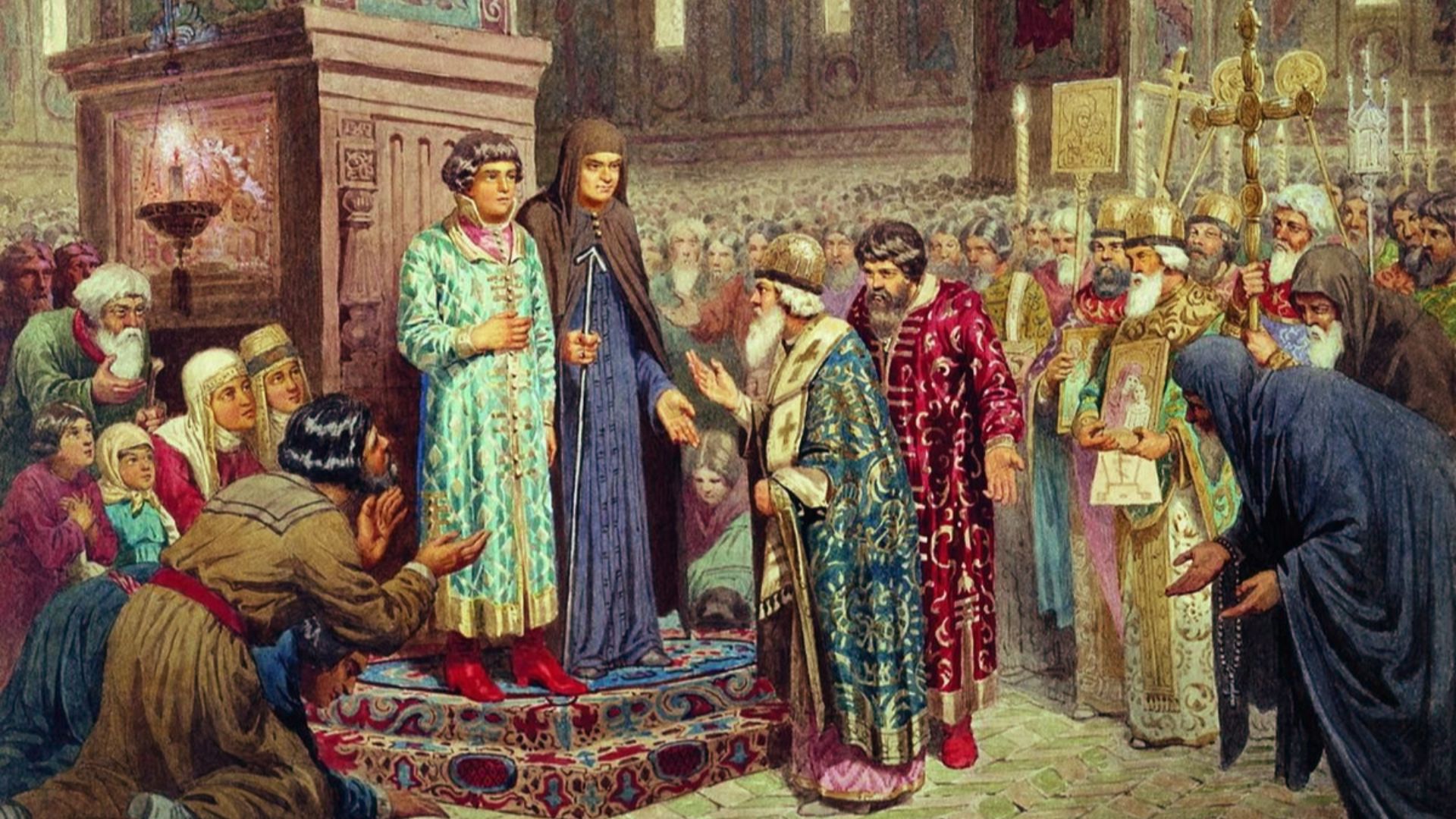 Aleksey Kivshenko, Wikimedia Commons
Aleksey Kivshenko, Wikimedia Commons
Boundaries Were Fairly Porous
While boundaries between Evenki territory did exist, these were fairly porous and known only to those who knew the land. They were mostly used for managing resources: ensuring that one tribe didn't take too much from another tribe and vice versa.
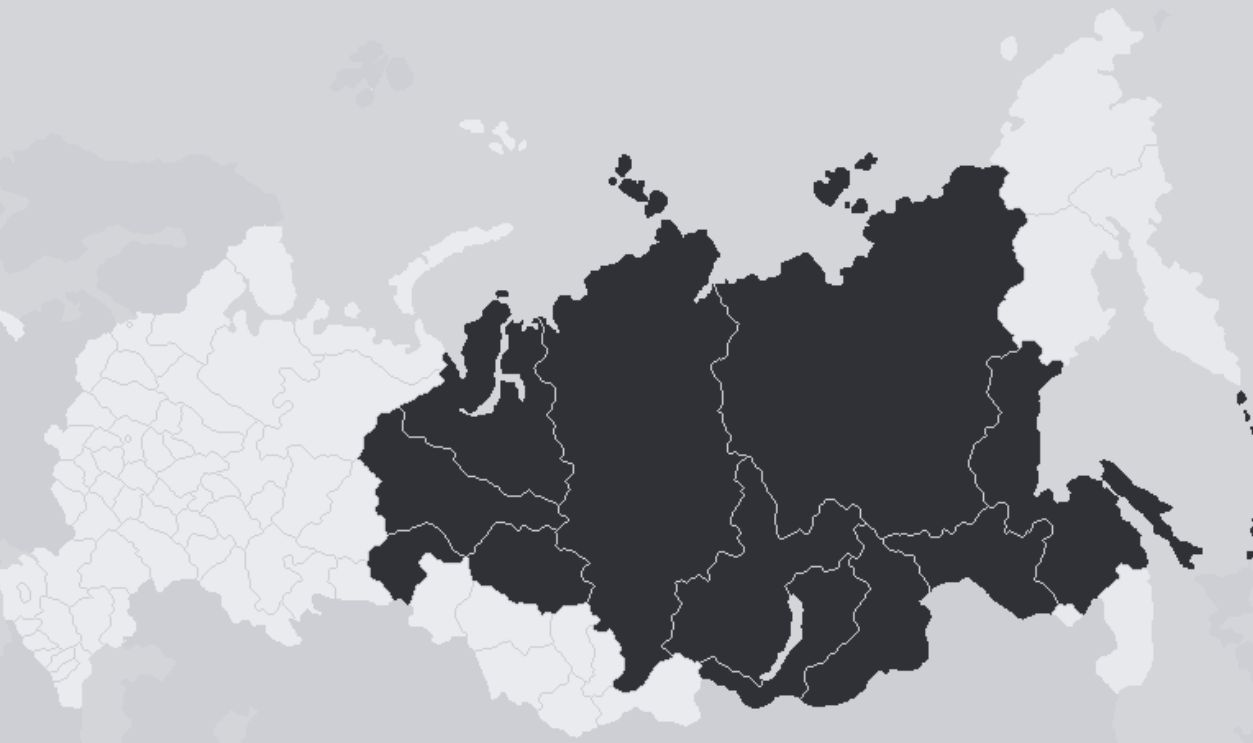 Marmelad (image d'origine), Yannbran (modification), CC BY 2.5, Wikimedia Commons
Marmelad (image d'origine), Yannbran (modification), CC BY 2.5, Wikimedia Commons
An Evenki Man Is Enslaved By Russian Soldiers
Two Russians, Petr Albychev and Cherkas Rukin, were commanded by the Russian military brass in Siberia to travel north and set up as "osrtog" (a small fort) to deal with the attacks that Russian expansion had been experiencing from Tungus, another Indigenous tribe in Siberia. Traveling on the Ket River through the region of Siberia that the Evenki occupied, the two men would meet and enslave a lone Evenki: Iltik.
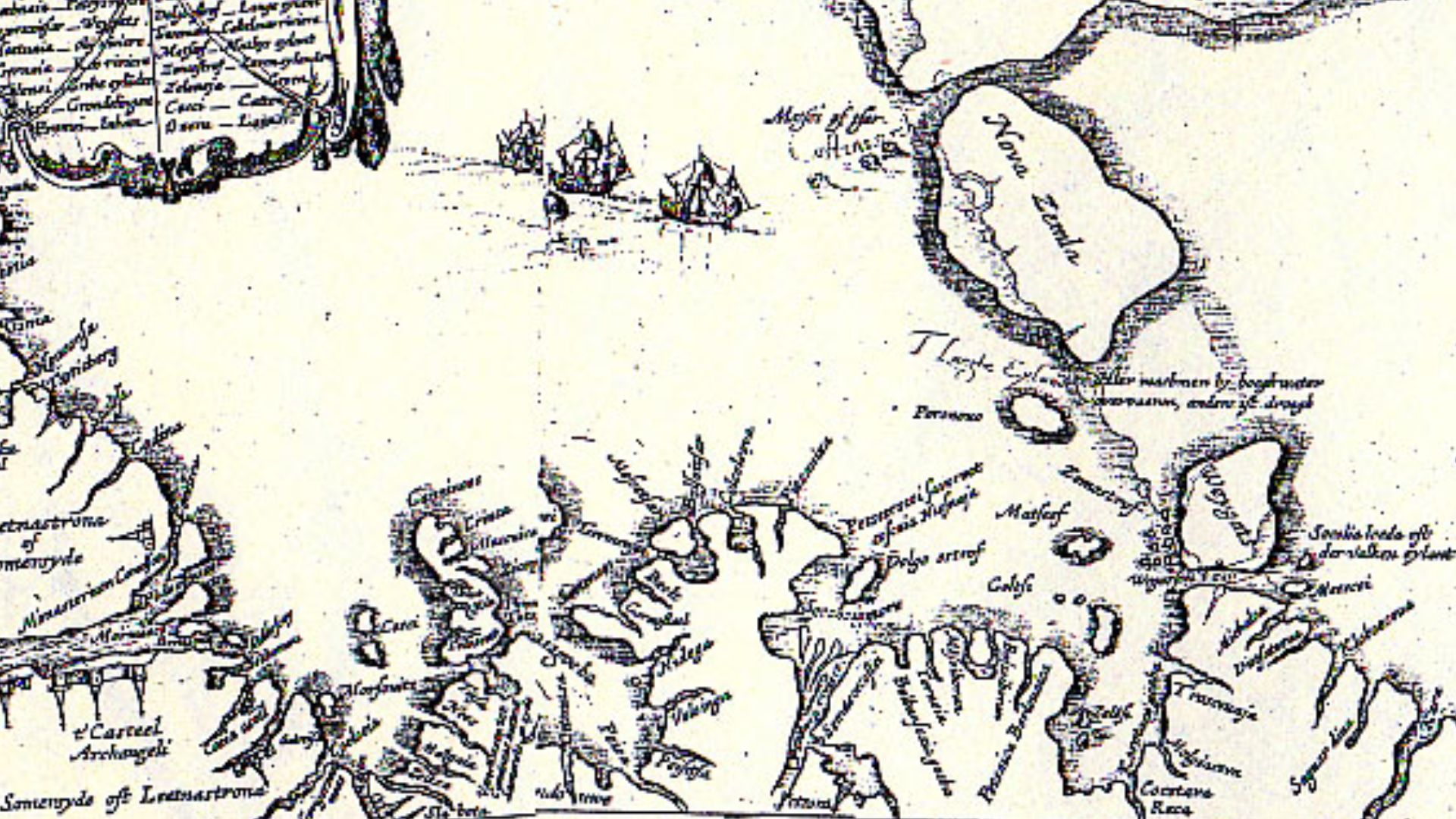 Isaac Massa (1586–1643), Wikimedia Commons
Isaac Massa (1586–1643), Wikimedia Commons
Word Reaches The Tsarist Government Of Russia
Word of the Evenki's existence finally reached the Tsarist government of Russia, who felt that they owned the land of eastern Siberia where the Evenki lived, hunted, and fished. Therefore, they imposed a fur tax on the Evenki and would send their de-facto "border guard", the Cossacks, to engage with the Evenki peoples.
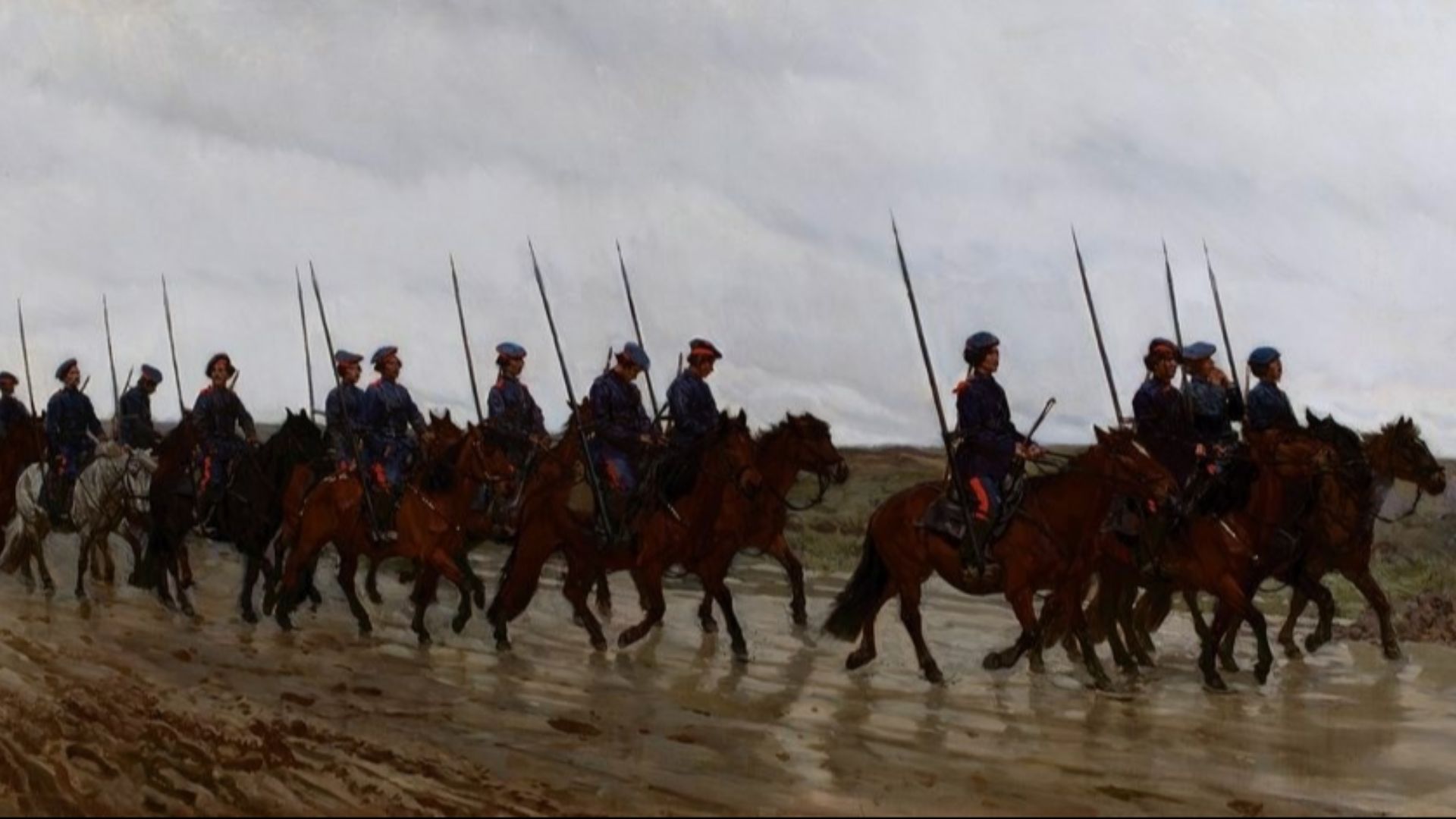 Józef Chełmoński, Wikimedia Commons
Józef Chełmoński, Wikimedia Commons
The Cossacks Act As A Border Guard
The Cossacks and the Tsarist government of Russia formed a de facto alliance in the 17th century: the Russians would allow the Cossacks self-governance in exchange for military service, or in the case of the Evenki, acting as the border guard in the area surrounding Lake Baikal. The Tsar dispatched Cossacks on horseback to collect the taxes "owed" by the Evenki.
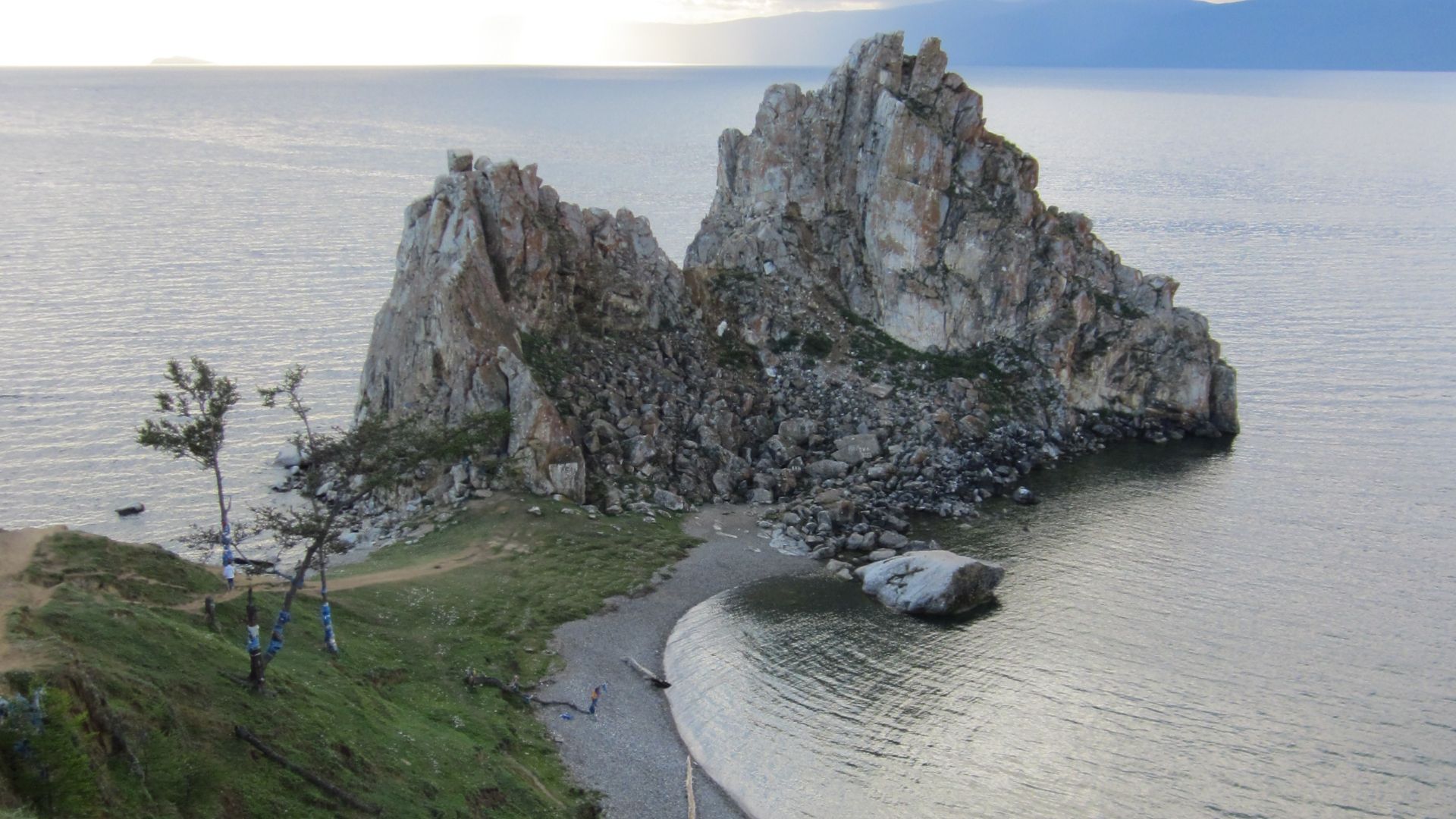 Petr Adam Dohnálek, Wikimedia Commons
Petr Adam Dohnálek, Wikimedia Commons
The Evenki Clan Hierarchy
Although the Evenki may be spread out across thousands of miles of territory, they all follow a basic patrilineal hierarchy, believing they came from a common male ancestor. Comprised of small nuclear families, these clans have a basic social order and a chief, who settles disputes among members.
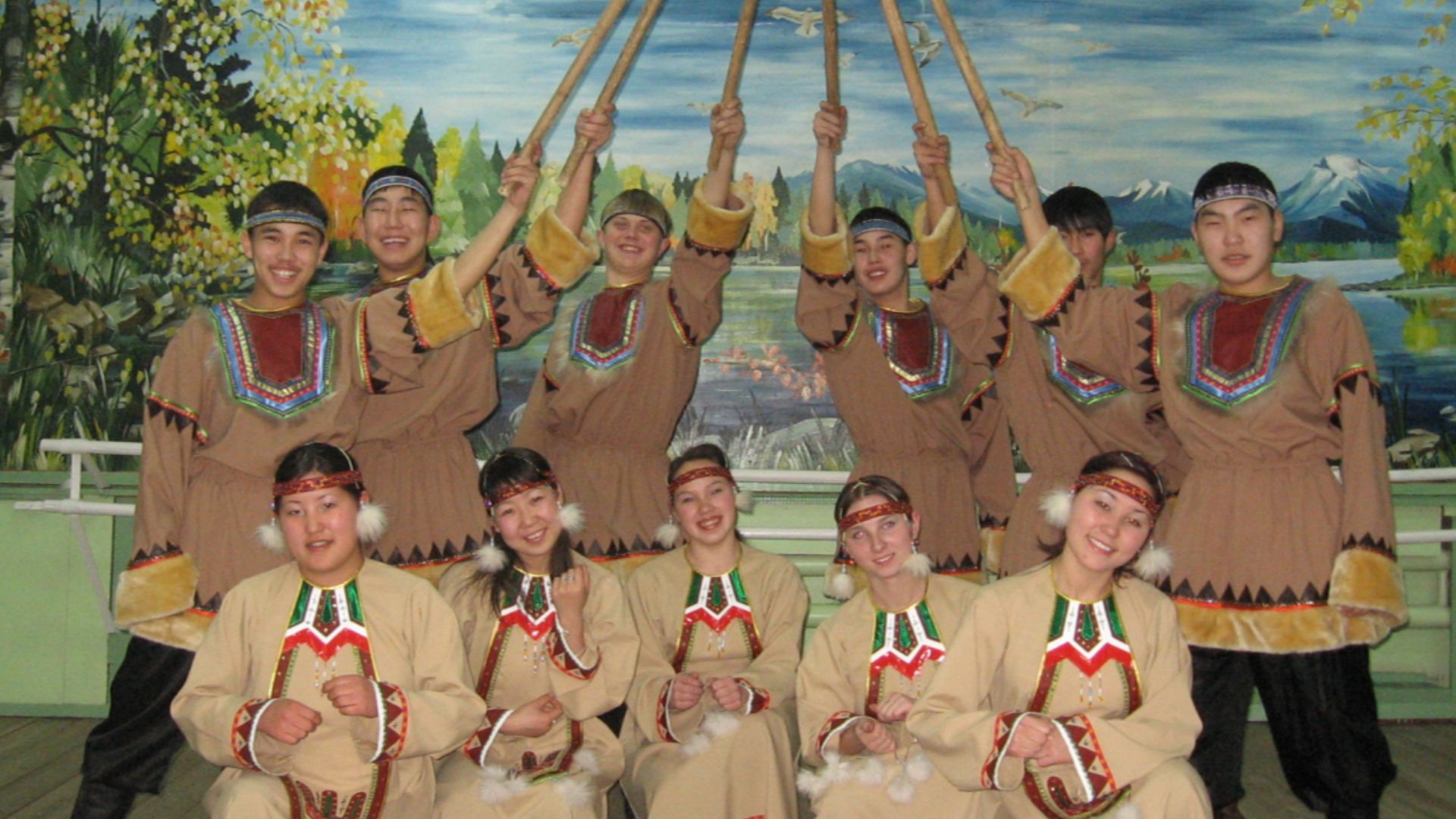 Bauntovsky Evenki district, Wikimedia Commons
Bauntovsky Evenki district, Wikimedia Commons
The Cossacks Come Back
Like many other Indigenous groups worldwide, after the first contact was made between the Evenki and the Tsar's Cossack border guard, they would return to set up more ostrogs and military encampments, each time murdering or enslaving the local, secluded Evenki clansmen. Their demands were more taxes—paid in the form of furs—to the local Tsarist representatives.
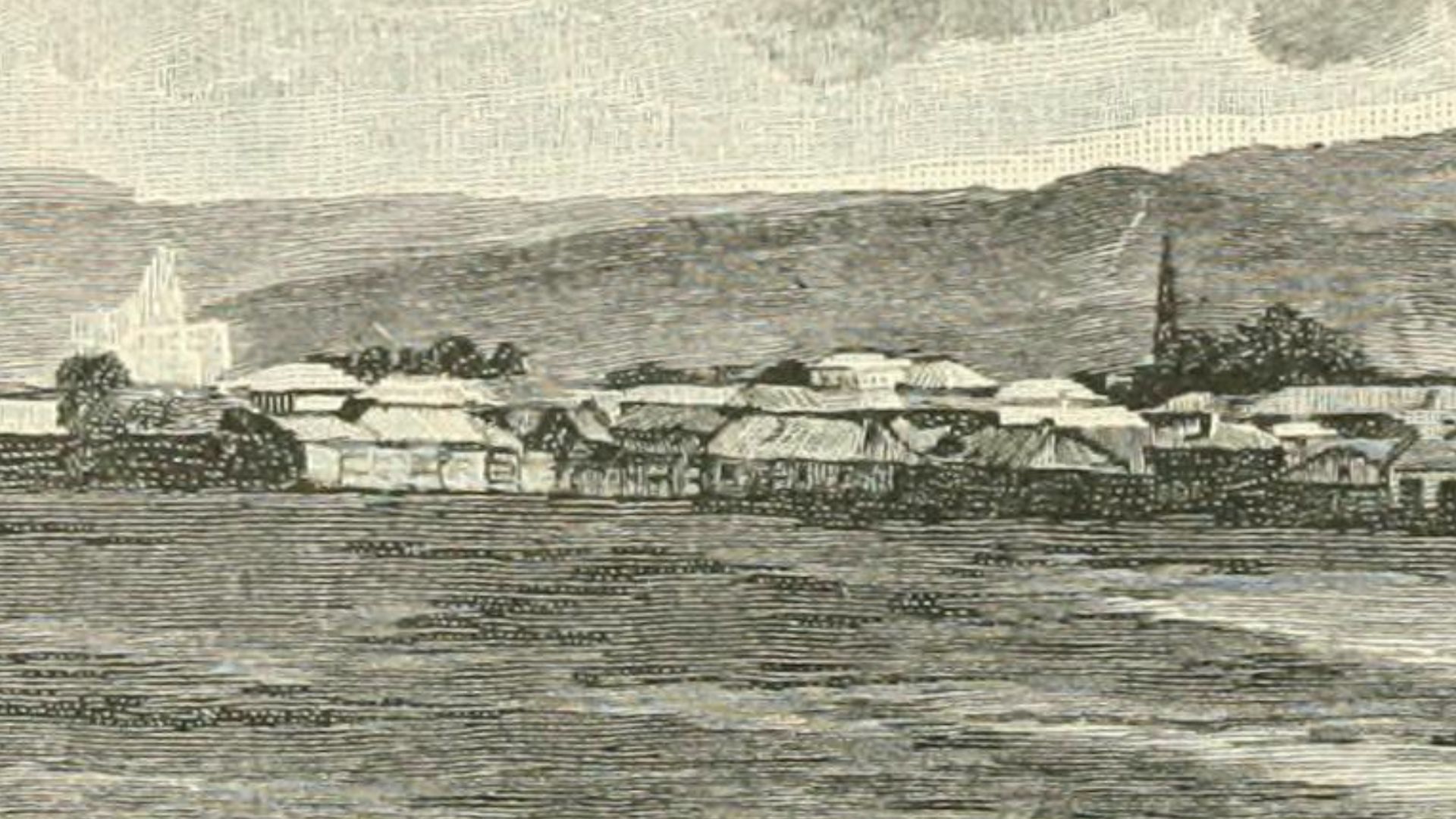 Internet Archive Book Images, Wikimedia Commons
Internet Archive Book Images, Wikimedia Commons
The Fur Tax
As the Evenki were a simple people who lived off the land and traded with others in the form of fur and food, the Cossack enforcers for the Russian government could only be paid with fur. The fur taxes eventually reached a point where the Evenki could no longer remain in their native lands and were pushed further east.
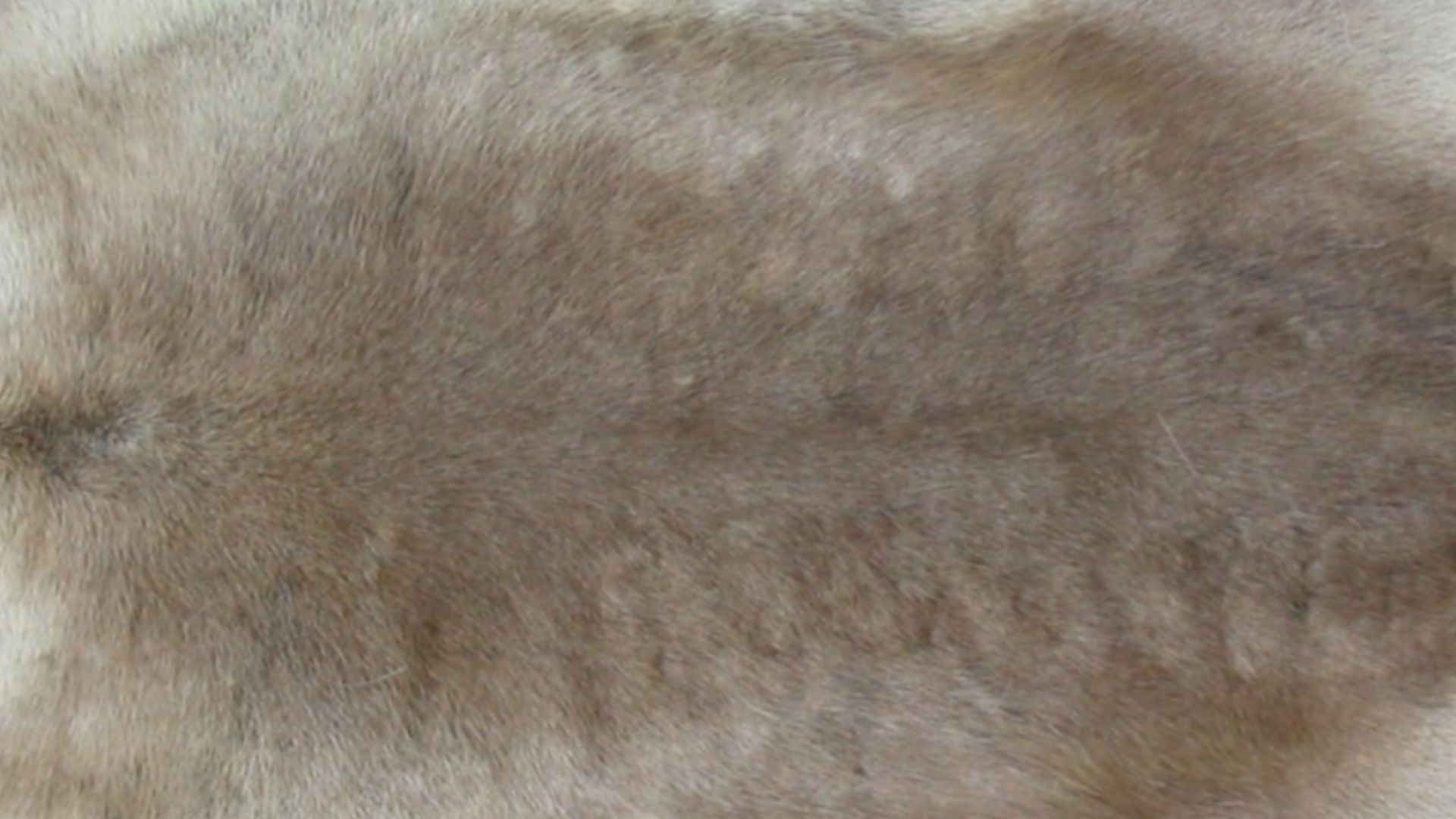 --Kürschner (talk) 17:30, 1 June 2009 (UTC), Wikimedia Commons
--Kürschner (talk) 17:30, 1 June 2009 (UTC), Wikimedia Commons
A New Home
After being pushed further east, the Cossacks and Tsarist representatives eventually gave up demanding fur taxes, as they had done for the past century. This left the Evenki stranded on an island known as Sakhalin, located four miles off the southeastern coast of Russia and 25 miles north of the Japanese island of Hokkaido. Here, they continued to coalesce in small groups, retaining their clan-based hierarchy. A few thousand still live in Sakhalin today.
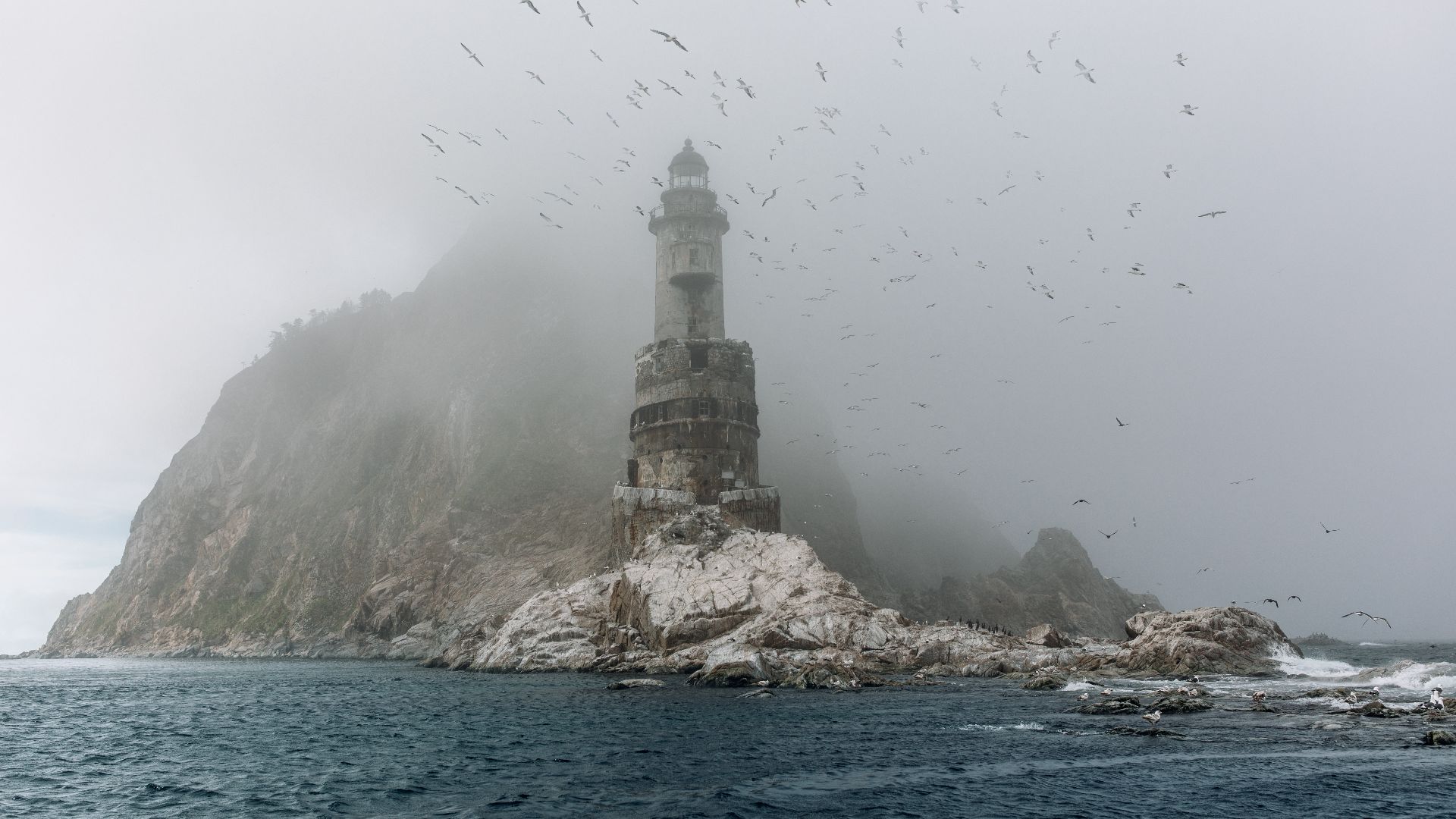 Yaroslav Shuraev, Wikimedia Commons
Yaroslav Shuraev, Wikimedia Commons
Migration To Mongolia
A few hundred Evenki from the originals that were pushed eastward then migrated west to Mongolia, likely settling in the Mongolian Steppes and northern China along the way. Fewer migrated back to their original homelands.
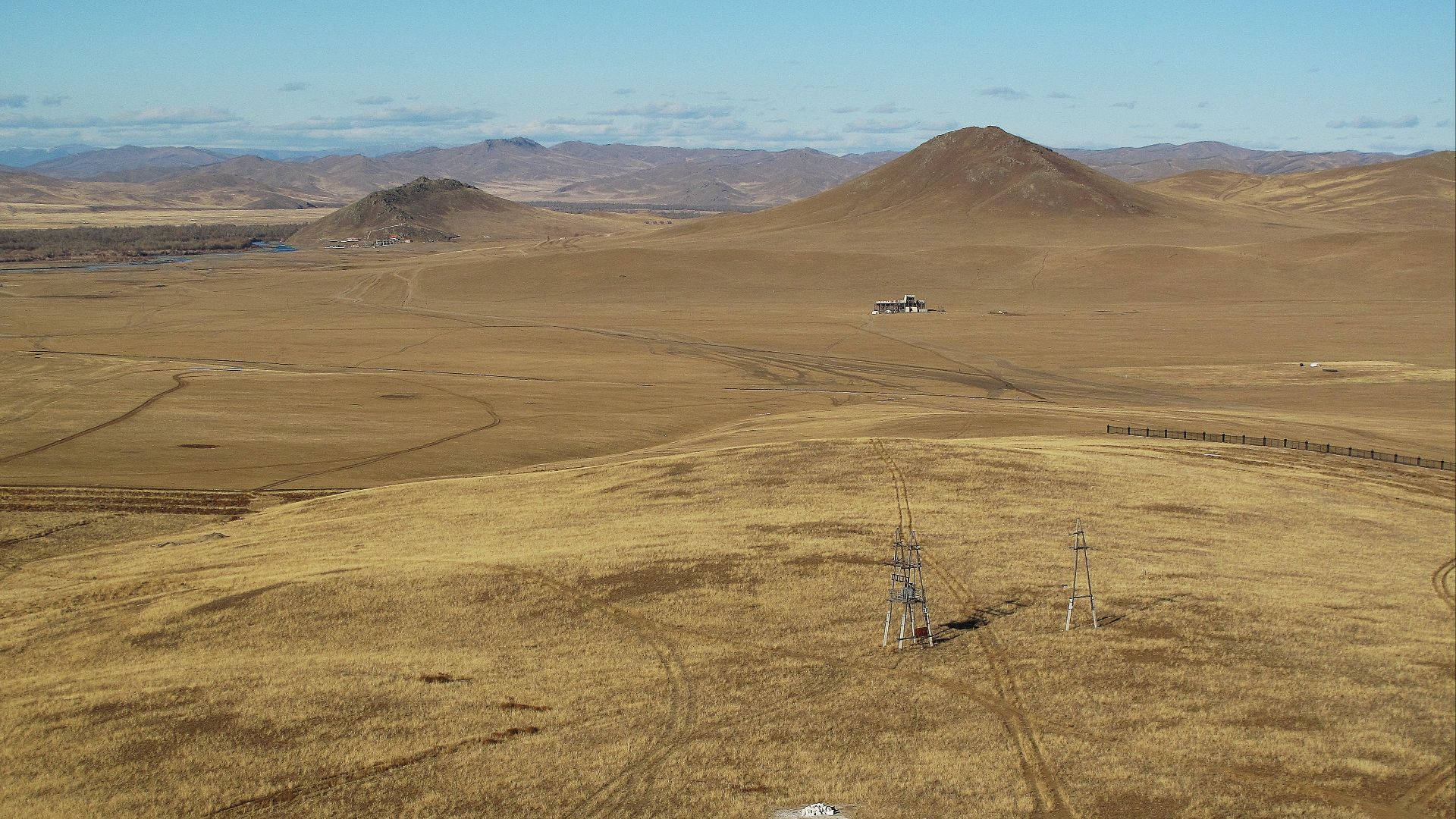 Francisco Anzola, Wikimedia Commons
Francisco Anzola, Wikimedia Commons
The Russians Begin "Civilizing" The Evenki
As part of post-Tsarist Russia, the Russian communists began a policy of "civilizing" and "Russification" of the outer reaches of the Russian Empire. This directly affected groups like the Evenki, who had already been pushed to the farthest recesses of Siberia.
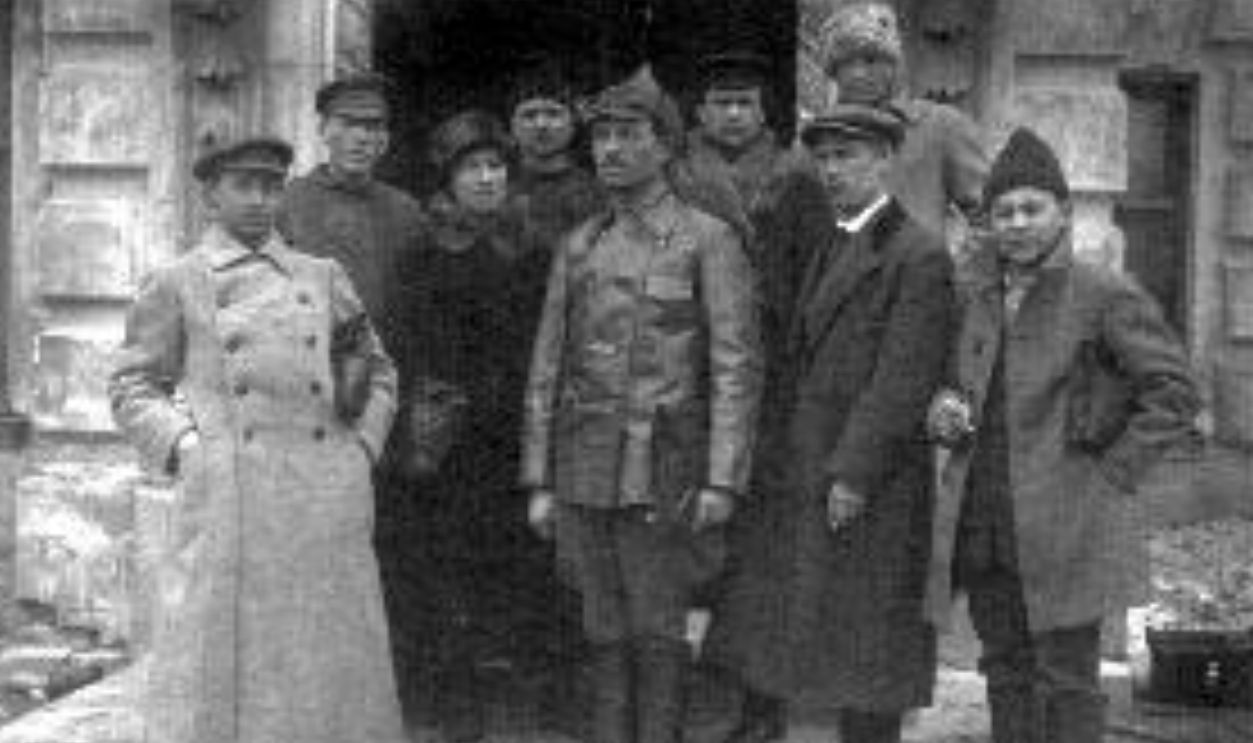 Unknown author, Wikimedia Commons
Unknown author, Wikimedia Commons
"Civilization" Policies Of The Russian State
During the early 1920s, the Soviet Government began a multi-pronged assault on the rights of the Evenki peoples. This meant ripping children out of their traditional Evenki family and placing them in state boarding schools, where only Russian was taught. It also meant "rationalizing" traditional Evenki economic activities like reindeer husbandry.
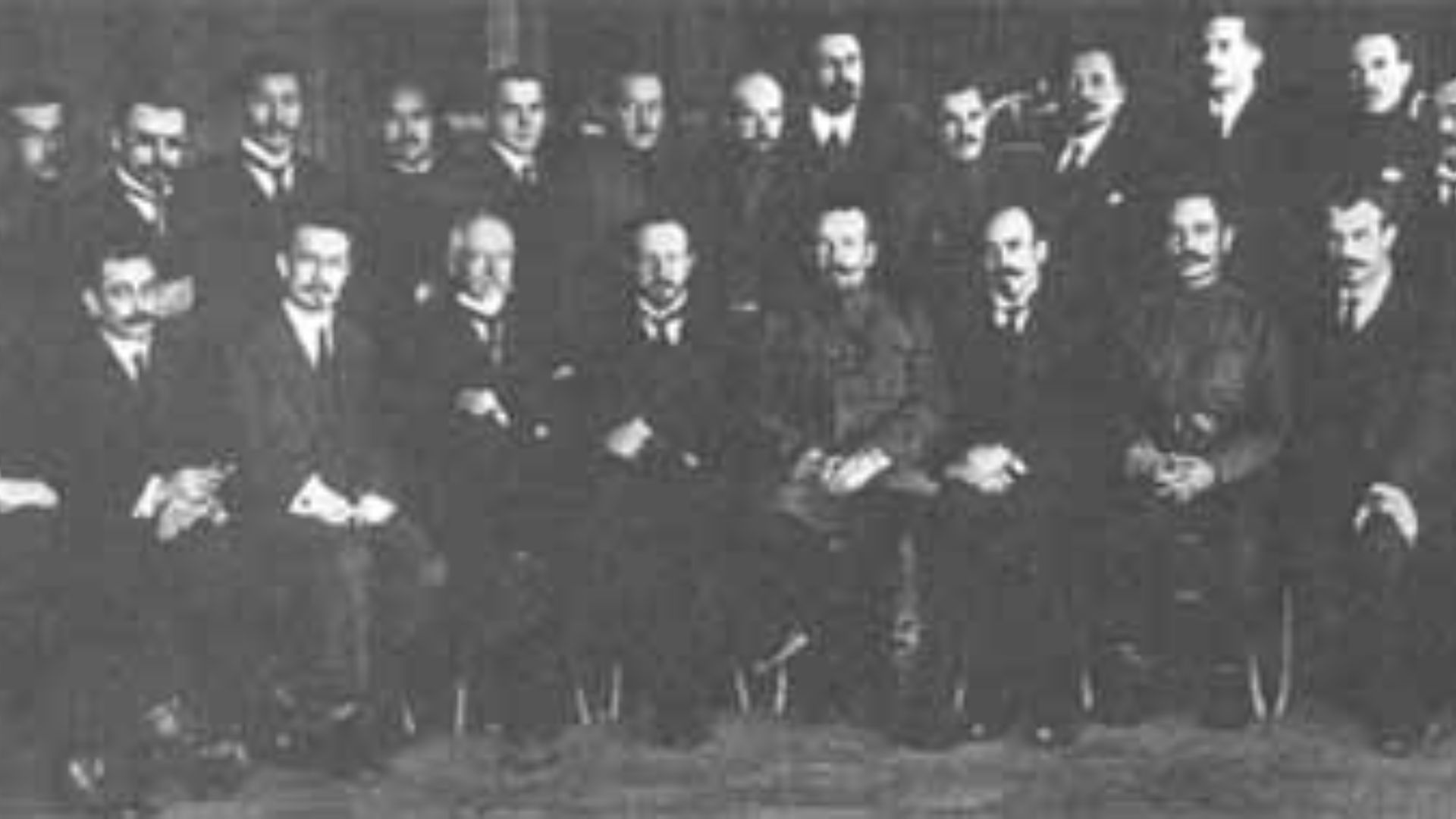 Unknown authorUnknown author, Wikimedia Commons
Unknown authorUnknown author, Wikimedia Commons
Reindeer Sold Off Or Culled
The traditional reindeer that the Evenki used were sold off to the collective farm (owned by the state) and herded by larger numbers of people in designated lands known as "obschina boundaries". These were hyper-rigid and provided little to no flexibility to adapt to changing environments.
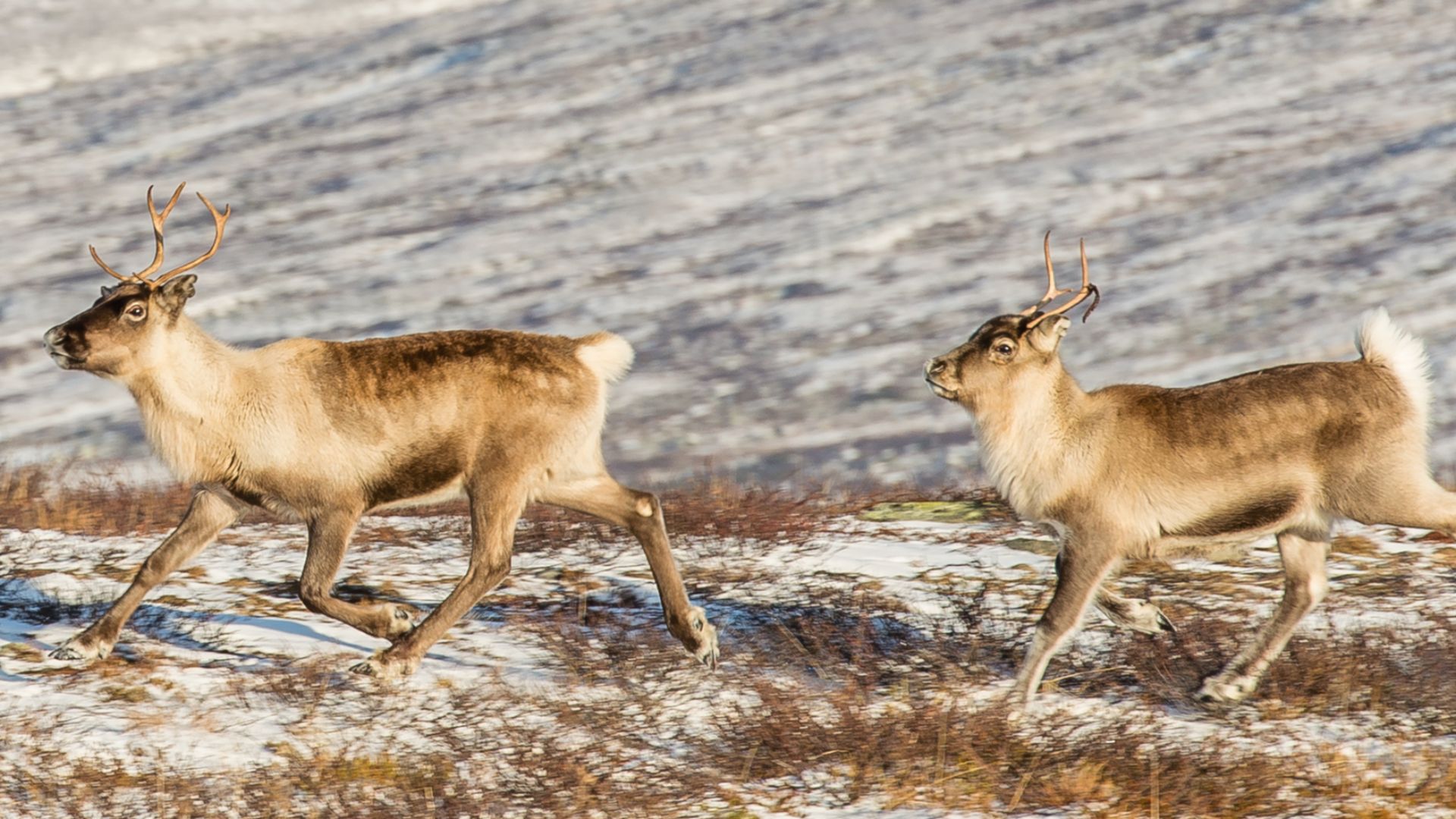 Arild Vågen, Wikimedia Commons
Arild Vågen, Wikimedia Commons
The Evenki Sense Of Community Is Destroyed
One of the consequences of these new "obschina boundaries" were that Evenki that were previously close trading partners or friends would end up assigned to a different boundary and were not allowed to trade between them, severing the sense of community entirely. Travel was forbidden between different obschinas and trade relationships were obliterated, a further stripping of the nomadic nature of the Evenki.
 How Do Evens Live — Aboriginal People Of Extreme Northeast Siberia, Where To Next?
How Do Evens Live — Aboriginal People Of Extreme Northeast Siberia, Where To Next?
Soviet Ownership Structure Bleeds Throughout Generations Of Evenki
Unfortunately, the Soviet "ownership" structure made its way to new-born Evenki, who had been steeped in the ideology of state ownership of the land. They struggled to reconcile with the traditional practices of their forefathers. Although, this ideology has gradually been weaned off through generations, as more Evenki than ever are returning to the practices of their forefathers.
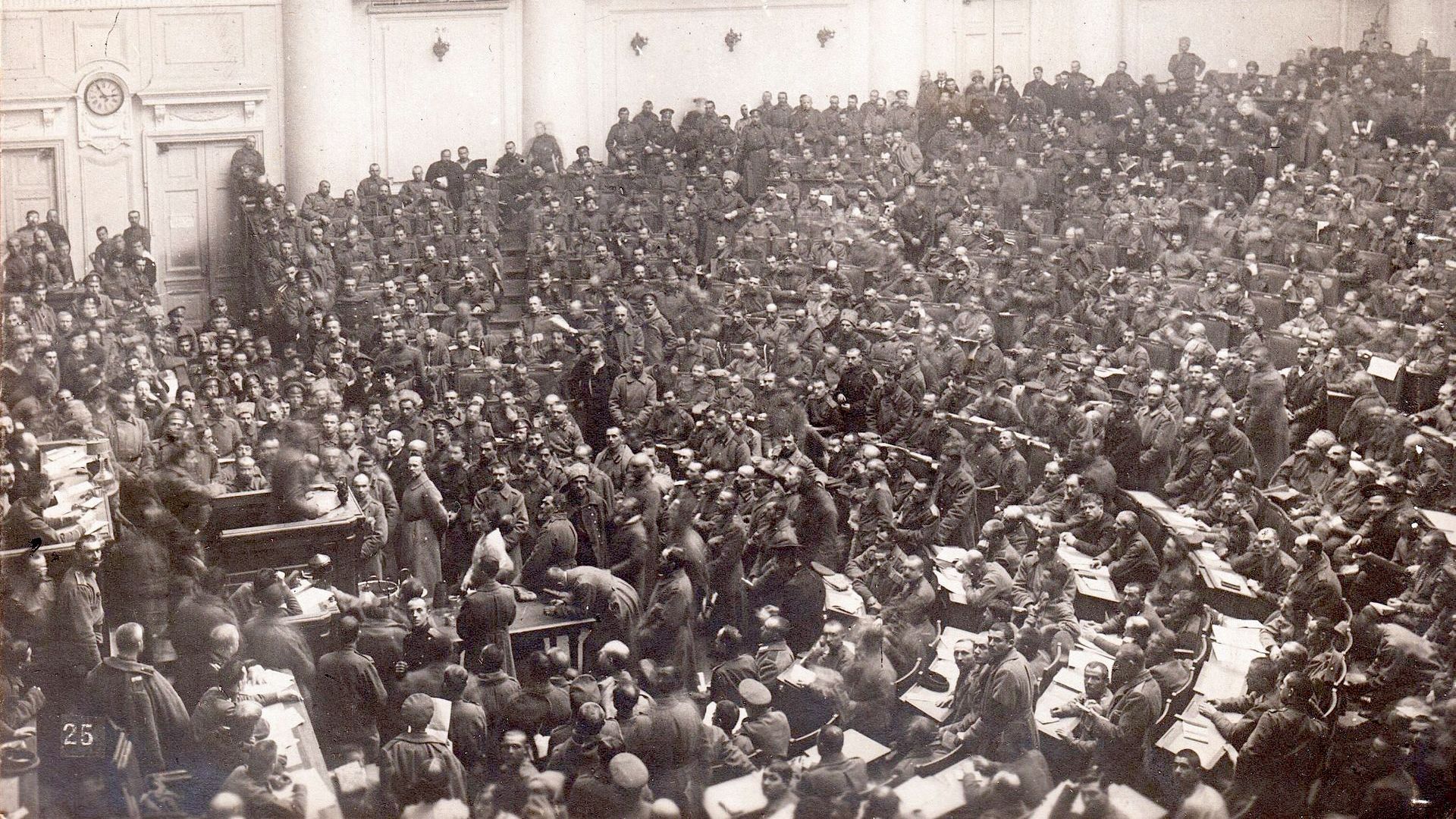 User Kristallstadt on en.wikipedia, Wikimedia Commons
User Kristallstadt on en.wikipedia, Wikimedia Commons
Establishing The Communist Party Within Evenki Tribes
Officials from the Communist Party encouraged the Evenki to abandon their tribal structures in favor of a centralized, localized government and to participate as citizens of the broader group. The state would build an entire village for the larger group, while taking children out of their homes and into state-sanctioned boarding schools far away. The women were forced to choose between settling in the large centers with their kids, or staying in the nomadic lifestyle with their husbands.
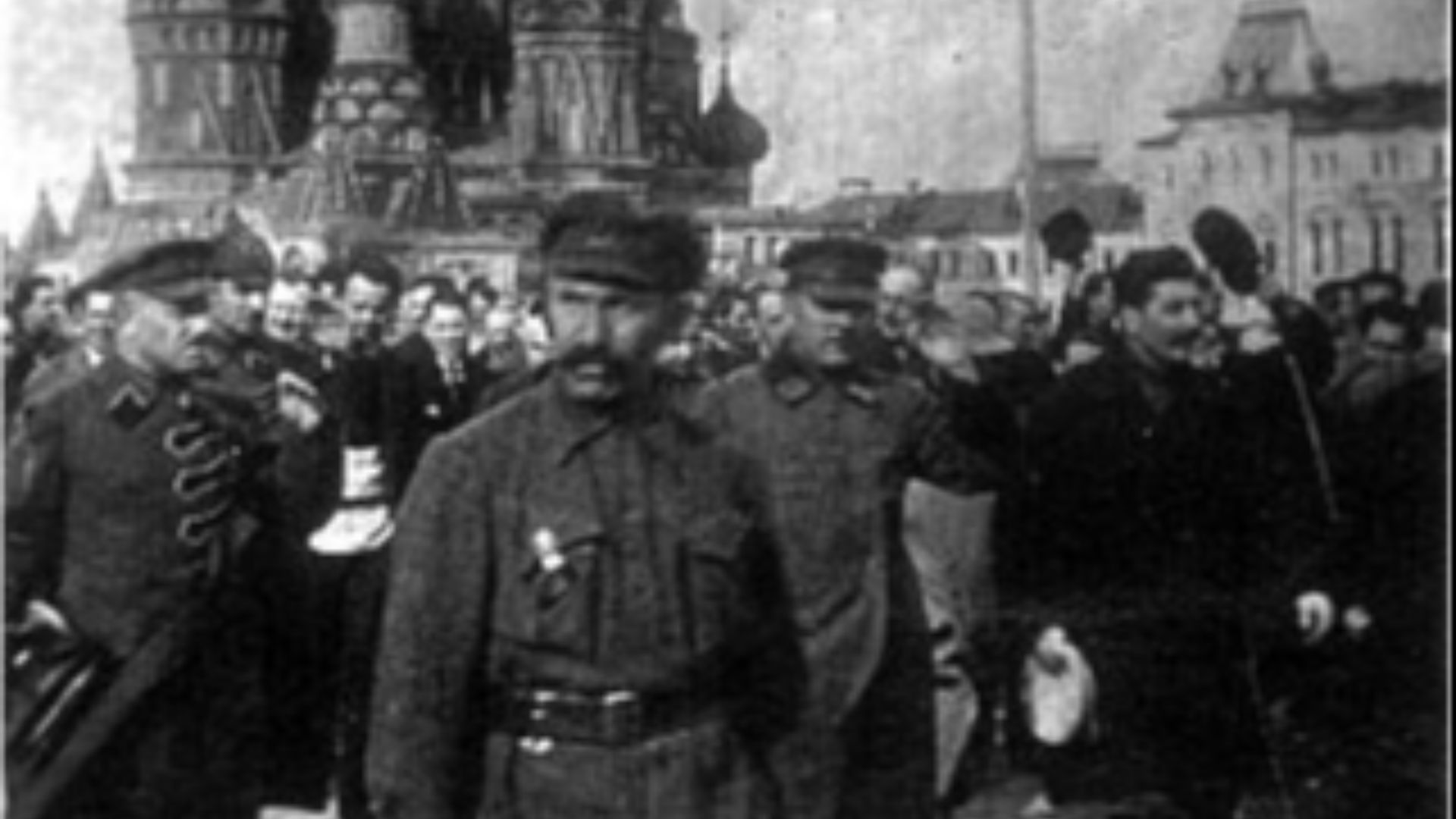 Unknown authorUnknown author, Wikimedia Commons
Unknown authorUnknown author, Wikimedia Commons
Evenki Transportation Past And Present
Throughout the rest of the 20th century in a post-Soviet era, the Evenki became far more modernized. They now relied on airplanes, snowmobiles, helicopters, and motorboats for transportation, whereas pre-Soviet Evenki would have used reindeer to pull sleds, and birch bark canoes for transportation along waterways.
The Chinese Conquering Of The Evenki
While as many as 30,000 Evenki live in China today, the history of the Evenki living in China's north began in 1640, when the Chinese emperor Hong Taiji conquered the Evenki leader, Bombogor (one of the first recorded leaders of the Evenki), and took over his territory, incorporating the Evenki into part of China.
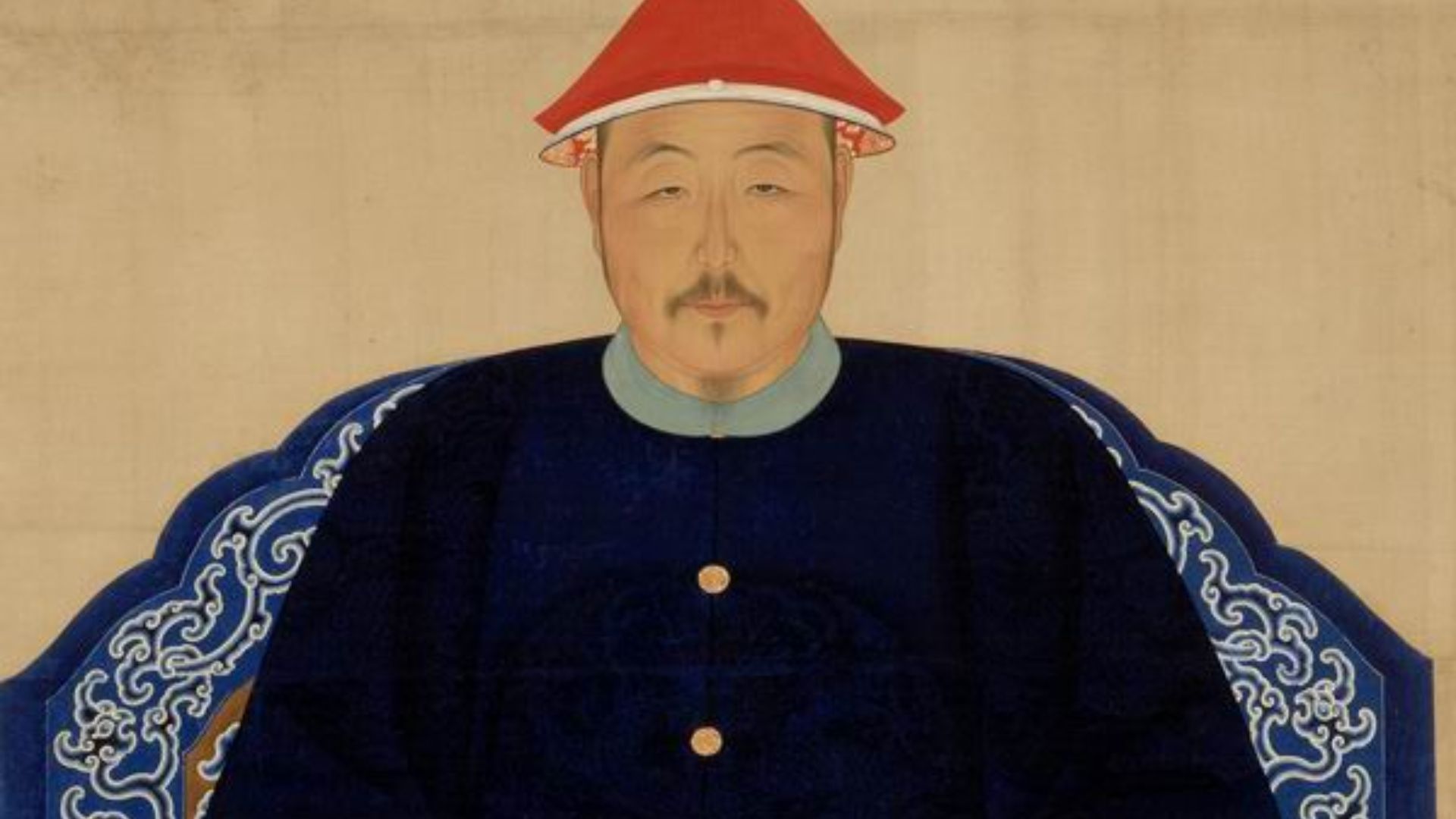 https://asia.si.edu/object/S1991.63/, Wikimedia Commons
https://asia.si.edu/object/S1991.63/, Wikimedia Commons
The Evenki Today
The modern Evenki tribes have regained much of their lost language, thanks to learning programs that began in the 1990s. But still, many Evenki that reside in northern China and parts of Siberia have become attached to the trappings of modernity, wearing modern clothing and relying on life in the city to sustain life in their forest-community dwellings. They sell their reindeer antlers and fur to an ever-growing, unsustainable demand.
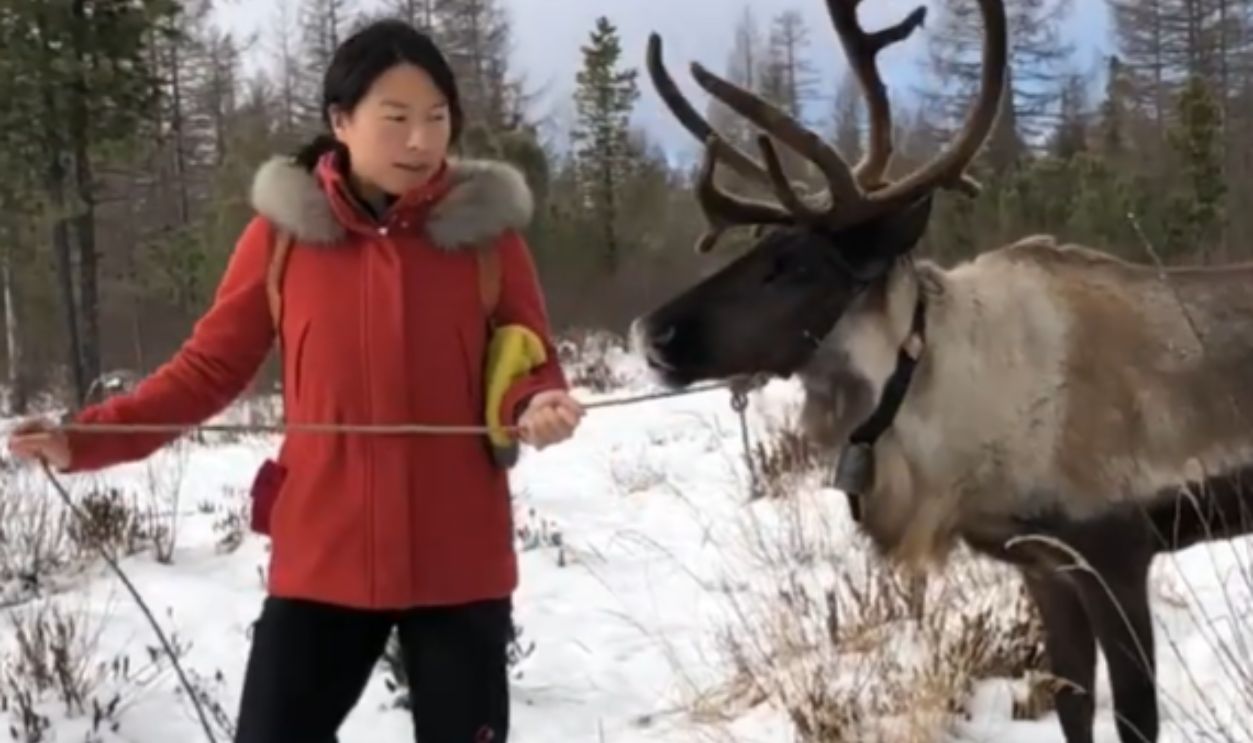 Toyotoro | Evenki People, Toyotoro
Toyotoro | Evenki People, Toyotoro
An All Too Familiar Story
The Evenki's relationship with their land, tradition, heritage, and culture—and how that relationship has changed over time—is an all too familiar story of colonization taking apart a culture, stripping it bare and then leaving it to rebuild from the scattered ashes of its forefathers. The Evenki are trying, but they remain torn between modernity and tradition.
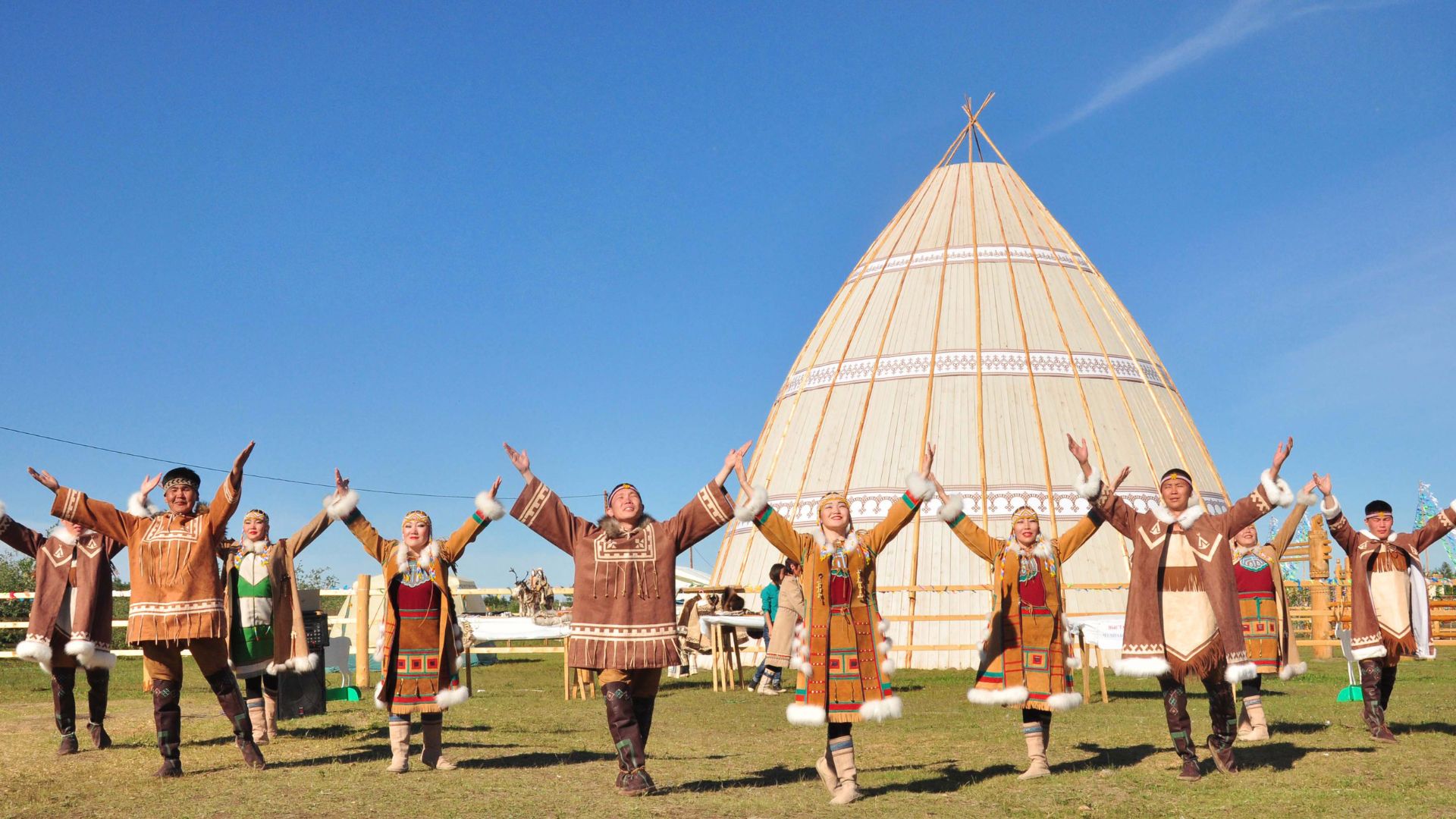 Nikolay Fedotov, Wikimedia Commons
Nikolay Fedotov, Wikimedia Commons
Semoyon Nomonkov: A Famous Evenki
One of the most famous Evenki ever is a man named Semoyon Nomonkov. He fought on the side of the USSR during World War II and was part of a Soviet sniper team. He was known as "Taiga Shaman" by the enemy and is credited with an astonishing 367 successful missions.
Collectivization Was A Catastrophe For The Evenki
The Soviet policy of establishing collectivized farming—combining individual farms into one giant farming entity—decimated the local Evenki farming economy in Siberia and drove the Evenki into poverty and/or slave labor for the USSR throughout the early 20th century. The Evenki's traditions were decimated, their reindeer herds collectivized and then destroyed, and many Evenki ended up dead as a result.
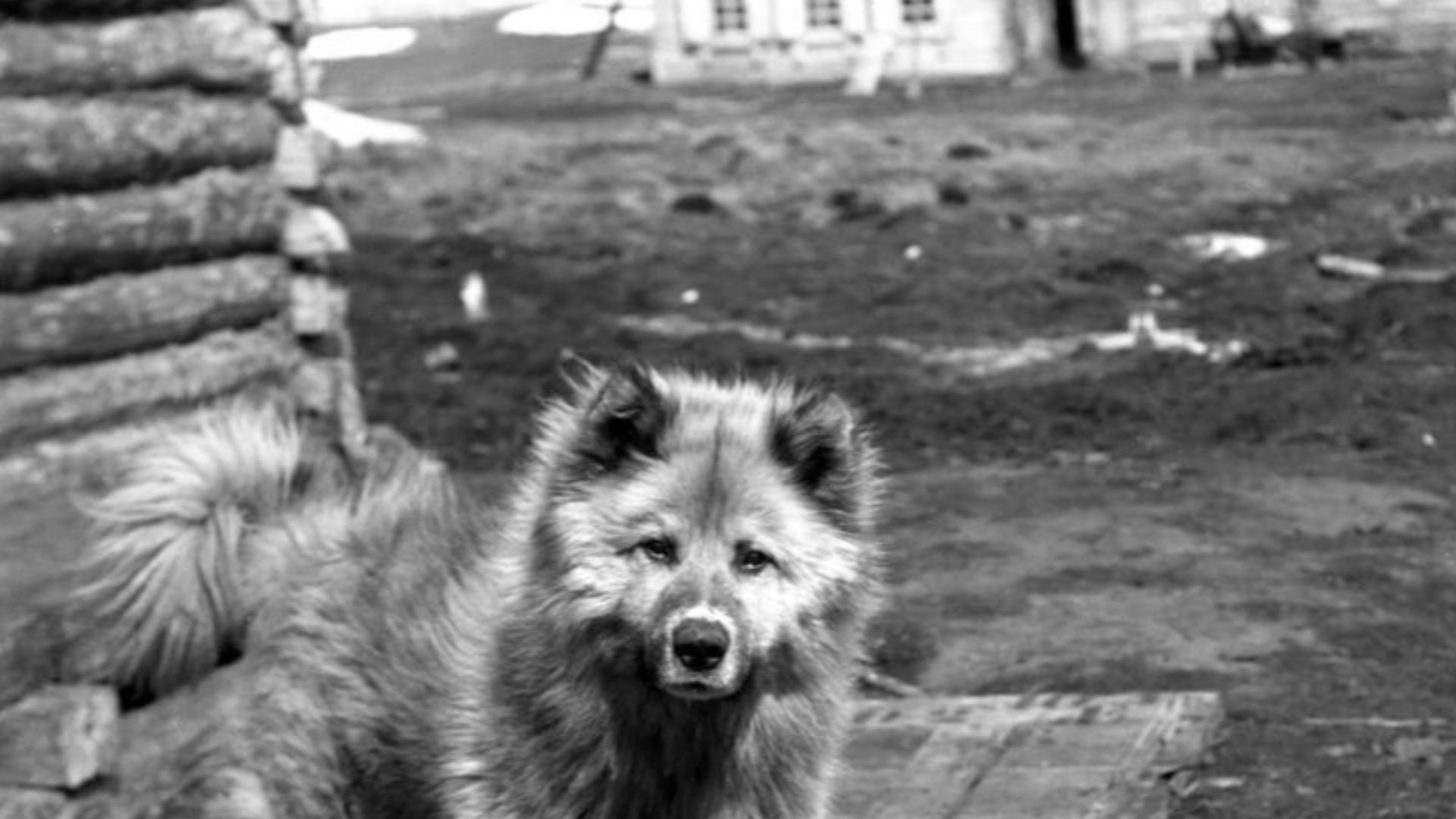 Norman G Buxton, Wikimedia Commons
Norman G Buxton, Wikimedia Commons
You May Also Like:
The Only Native American Tribe That Never Surrendered
The Worst Peace Treaties Ever Negotiated

